
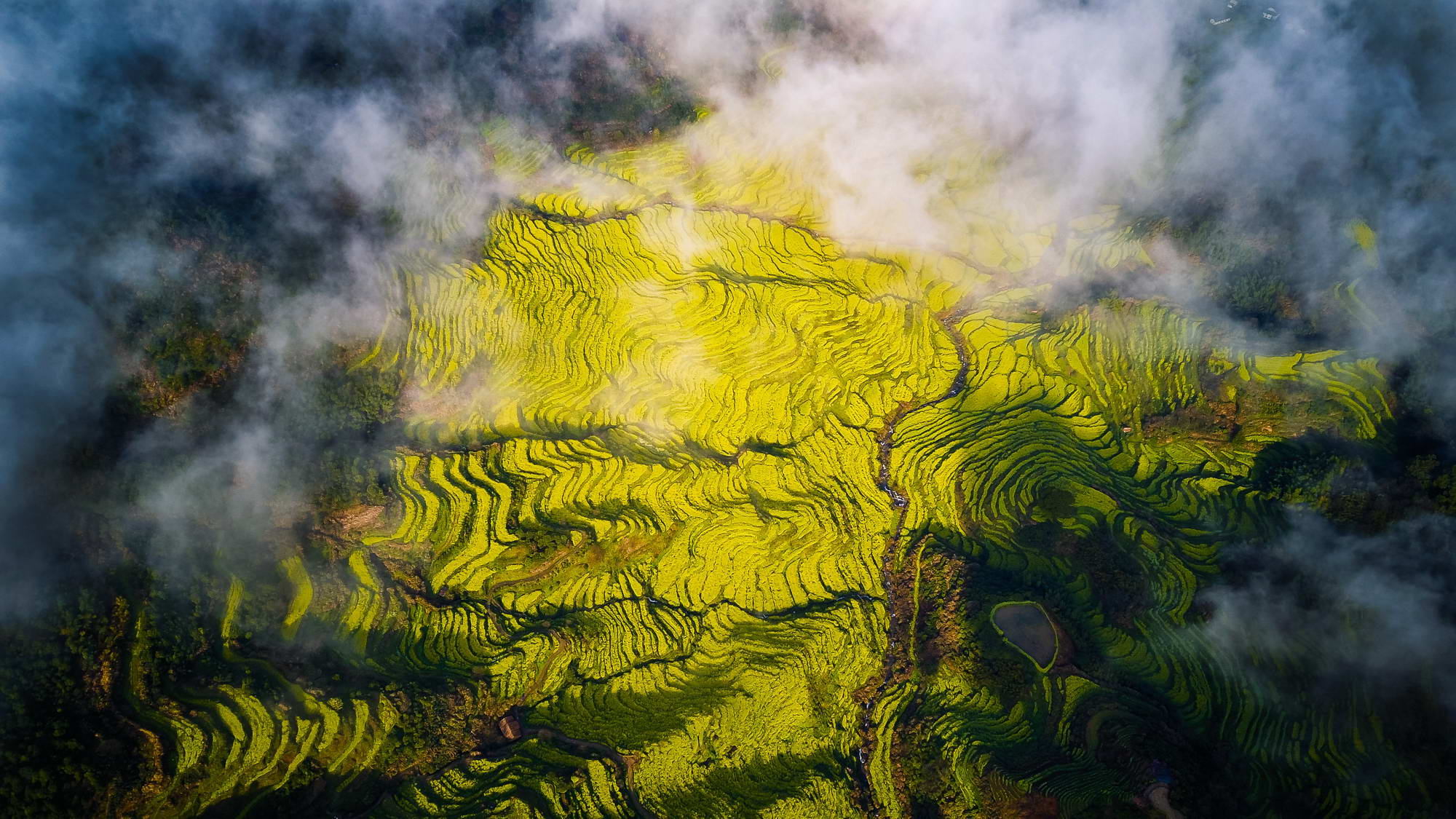
历史History
篁岭坐落在江西省婺源县东北部,是一座有着500米海拔、距今已近六百年历史的徽州古村。以优美的生态环境和经典的徽派建筑群而被外界赞誉为“中国最美的乡村”,也是悠久闻名的“晒秋”文化起源地。
Located on the northeast of Wuyuan County, Jiangxi Province, Huangling is an ancient village in Huizhou, with an altitude of 500m and a history of nearly 600 years. It is known as “the most beautiful village in China” for its charming ecological environment and classic Hui-style building clusters, and also the birthplace of the time-honored and well-known “Shaiqiu” culture (grains dried by exposure to the sun).

▲改造后 | 篁岭鸟瞰
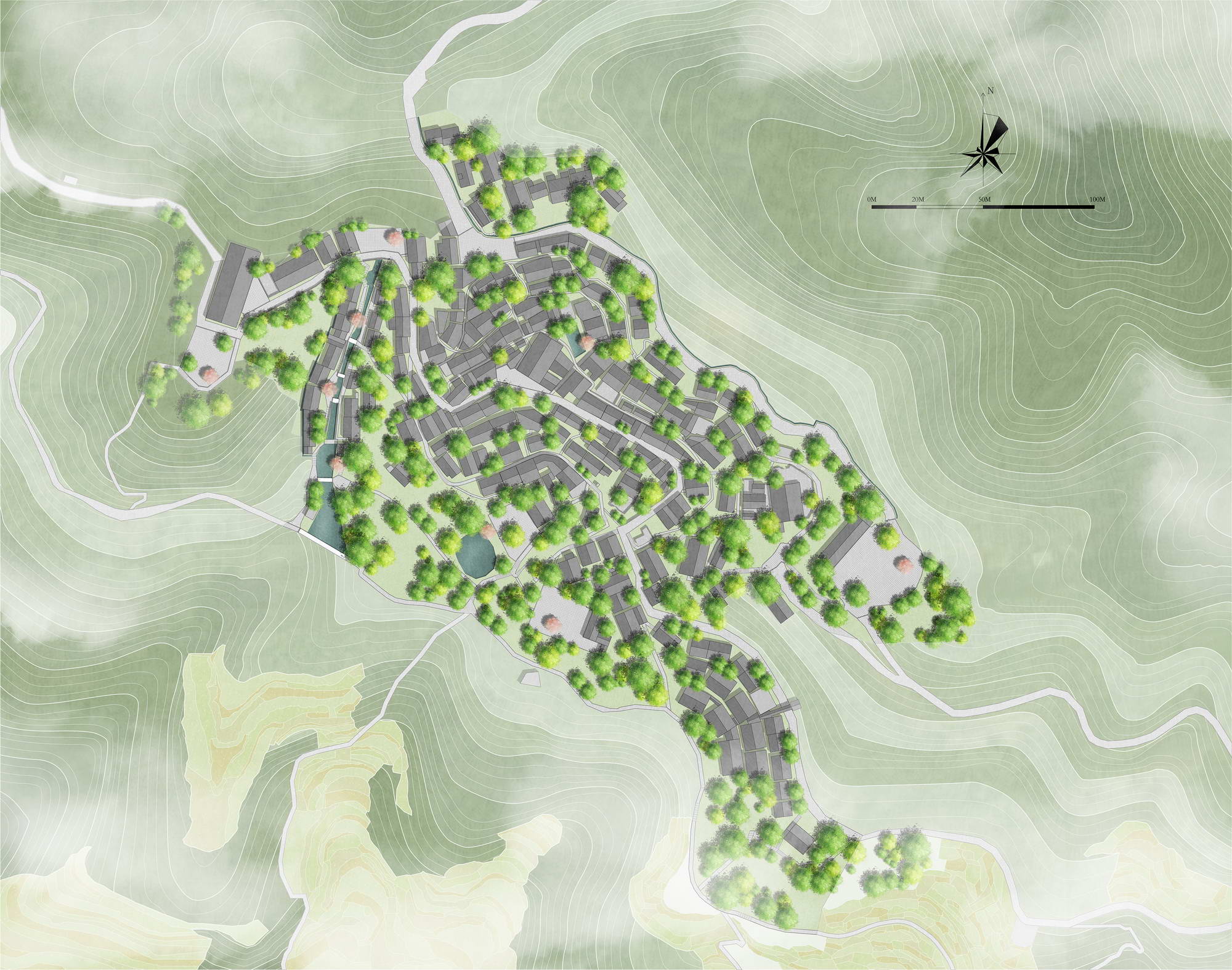
▲篁岭总平面图
但在快速城市化和乡村空心化的背景下,村落古建筑多处于“自生自灭”的现状,空宅任其倒塌重建。2017年6月,婺源更遭遇了百年不遇的洪灾,篁岭也未能幸免,村内多处山体滑坡造成许多植被冲毁,对环境带来了难以修复的破坏。篁岭改造项目既要针对性地恢复水毁的植被和环境,又需从全局视角实现老村庄肌理的整体焕新与和谐完善。
But in the context of faster urbanization and fewer villagers in rural areas, many ancient buildings of the village tended to perish, and uninhabited residences faced collapse or reconstruction. In June 2017, Wuyuan County suffered the worst flood in 100 years, and Huangling Village was not spared. Many landslides destroyed the vegetation in the village and brought irreparable damage to the environment. In response, the project is intended to restore the vegetation and environment ruined by floods, whilst also rejuvenating and improving the fabrics of the old village from an overall perspective.
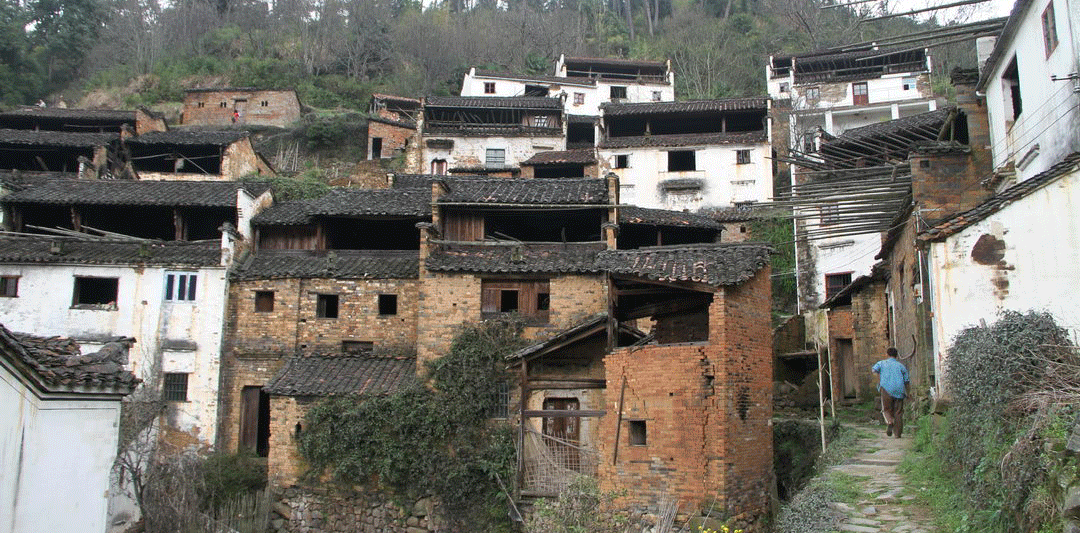
▲村里旧貌
设计挑战Design challenge
作为兼顾保护性修缮与创造性更新的复杂乡建,篁岭项目包含防水与引水工程、业态房屋基础设施、古宅修复与新宅建造在内的一系列建筑及景观优化措施。地质灾害造成了黄土碎石雍塞山谷,施工难度大,交通运输非常困难。
It is a complicated rural project that takes into account both protective repair and creative renewal, including a series of architecture and landscape optimization measures like flood prevention and water diversion engineering, residential ancillary facilities, old residences restoration, and new houses construction. Geological difficulties posed great difficulties for construction and transportation, because loess and broken stones clog the valley.

▲交通运输困难,施工难度大
水利项目历时2年,80%的工程由人工肩挑手提完成,形成完整的水系并改变当地缺水的历史。对村内道路交通进行科学改造与梳理,结合修旧如旧的建筑体系复建和精心打造的大地艺术景观,整个村落似重生般有机生长于自然之中。
The water conservancy program took two years, 80% of which was finished over the shoulders or by hands, forming a complete water system to get over water shortage. In addition, the project scientifically transforms and organizes the roads in the village, restores old-style architecture, and elaborately creates ground art landscapes, making the whole village seem to grow organically in nature.
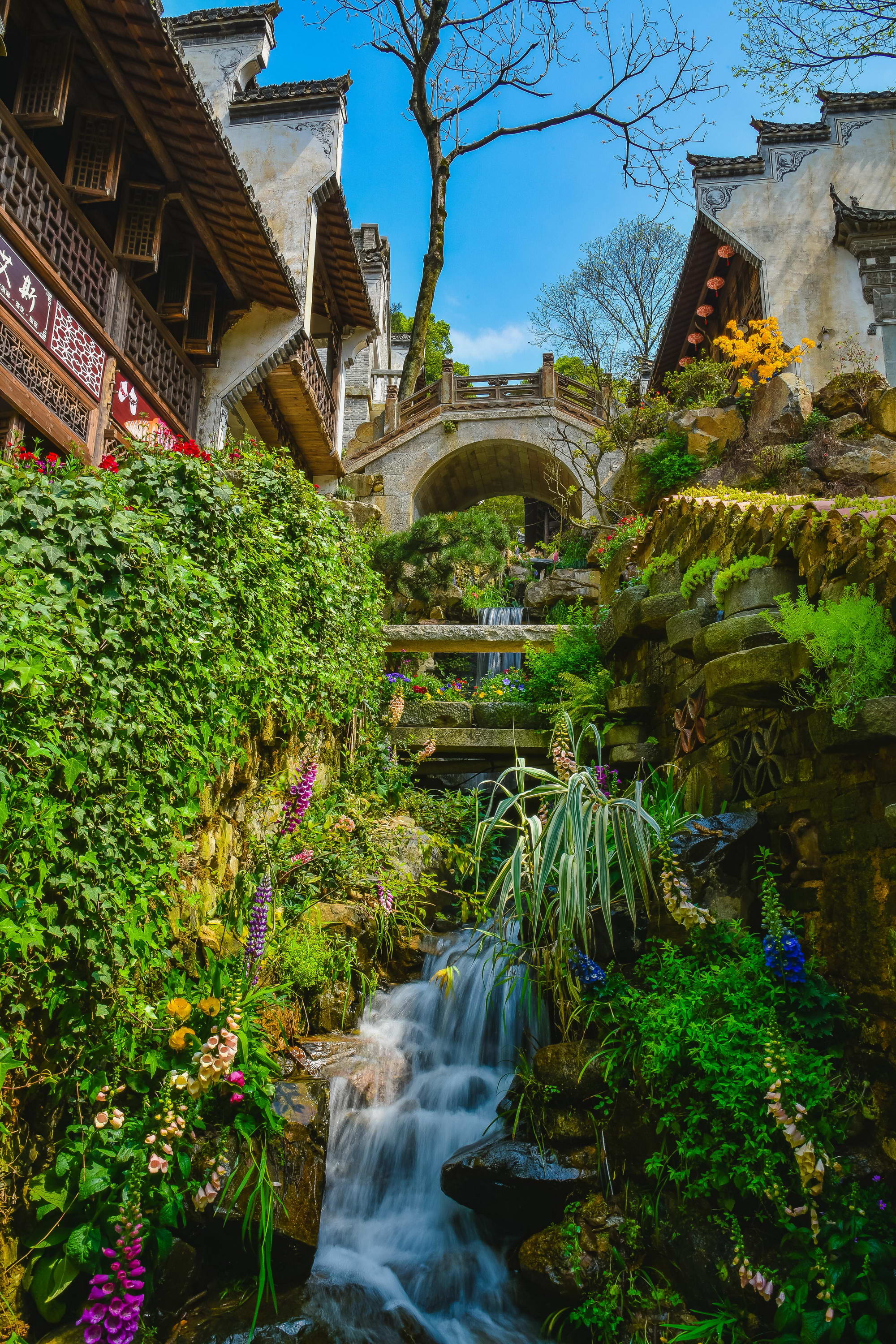
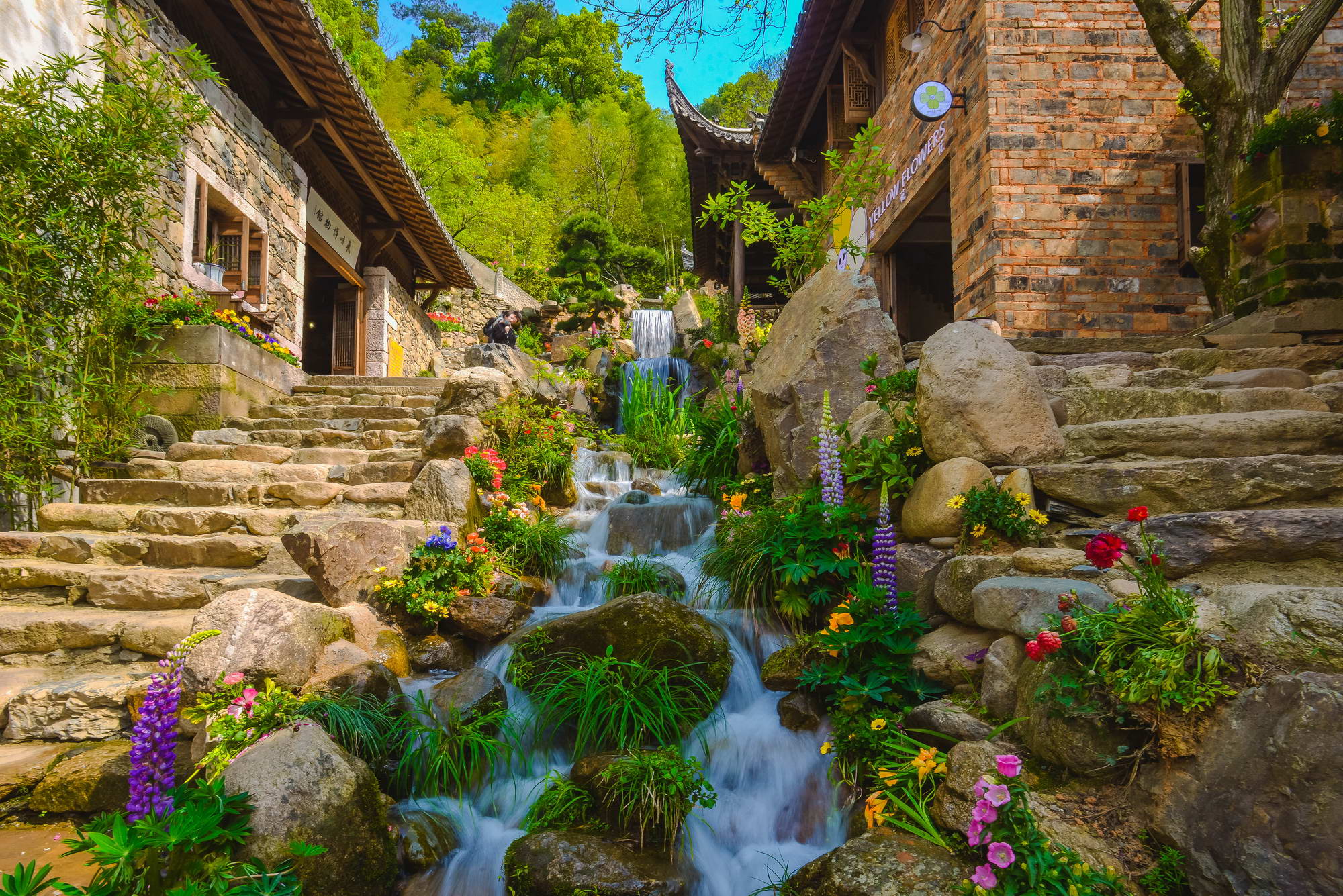
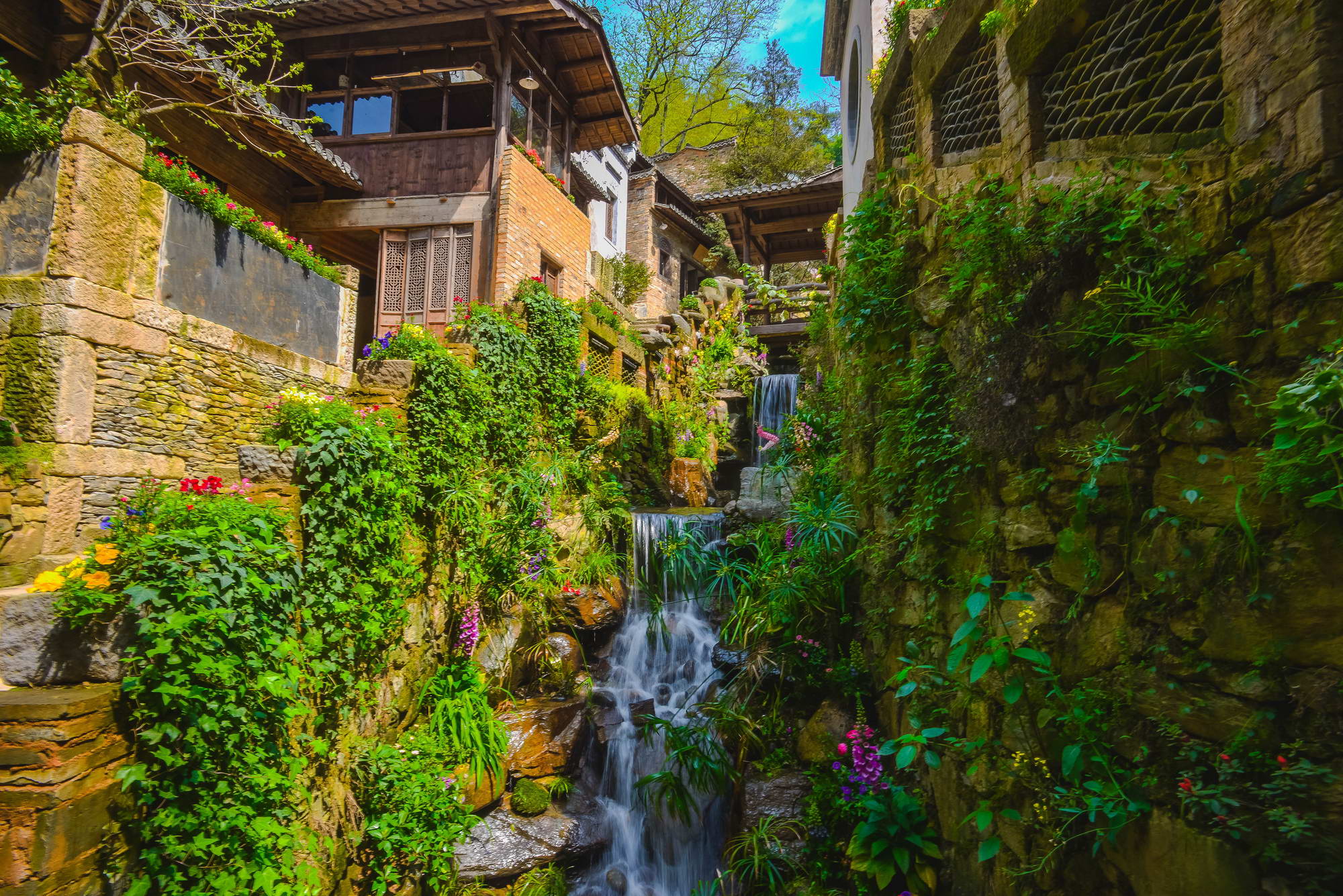
异地搬迁&本土适应Relocation & local adaptation
当涉及古村落与古建筑存续的时代议题,关键在于平衡“原真性”保护与“带动性”开发之间的价值考量。落位到篁岭项目,老村庄历经岁月侵蚀,一部分房屋倒塌腐烂形成许多空置地基,破坏了村庄的整体性,年久失修的空宅亦被任其倒塌重建,独特的古建资源陷入快速消失的险境。
Balancing “original” protection and “driving” development is the key to the protection of the ancient architecture and village. Some houses in the Huangling Village collapsed and decayed over the years, and caused many vacant foundations, which broke the integrity of the village. Uninhabited old residences in disrepair approached collapse or reconstruction, and the unique ancient architectural resources were in danger of quick disappearance.
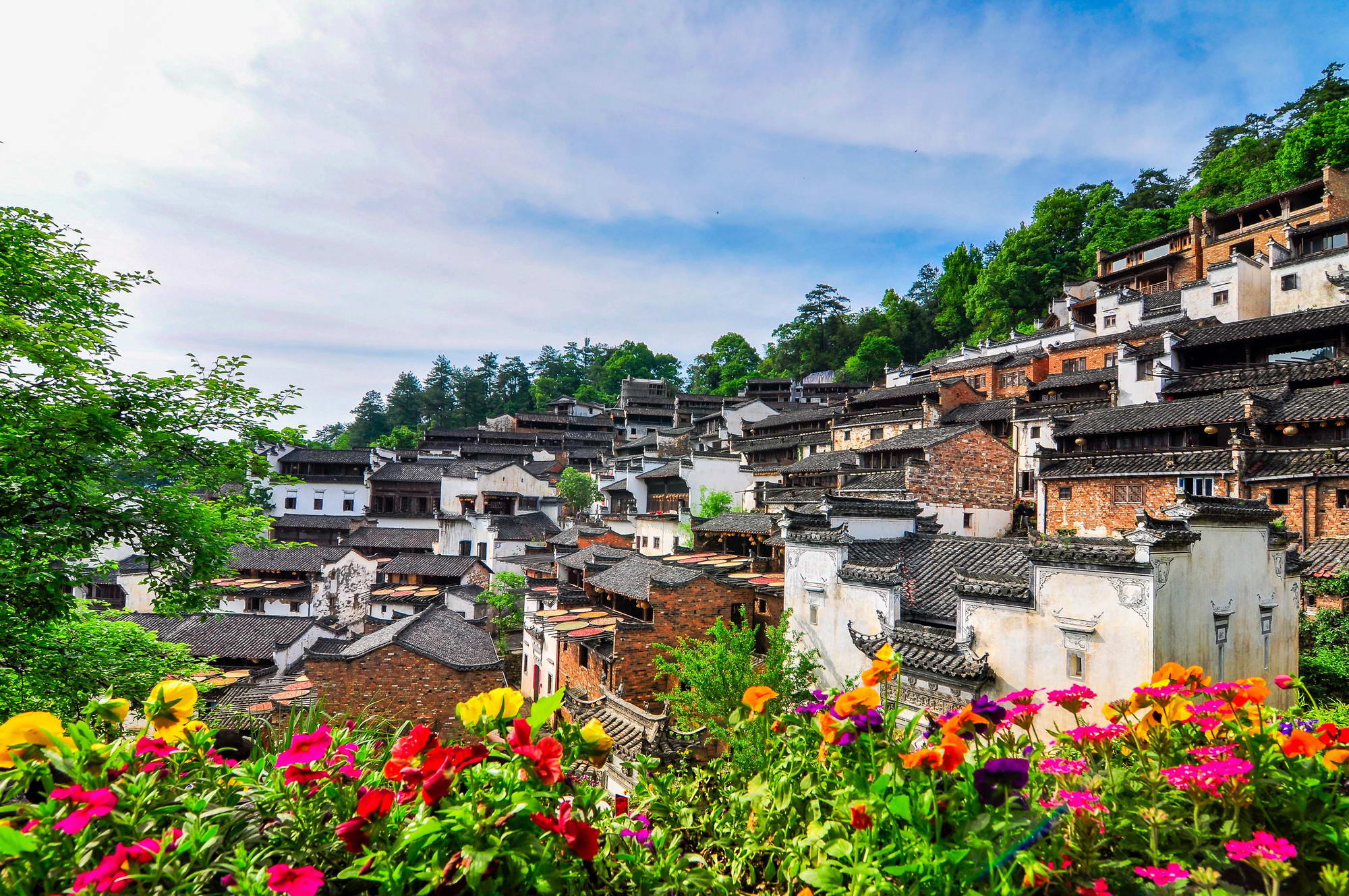
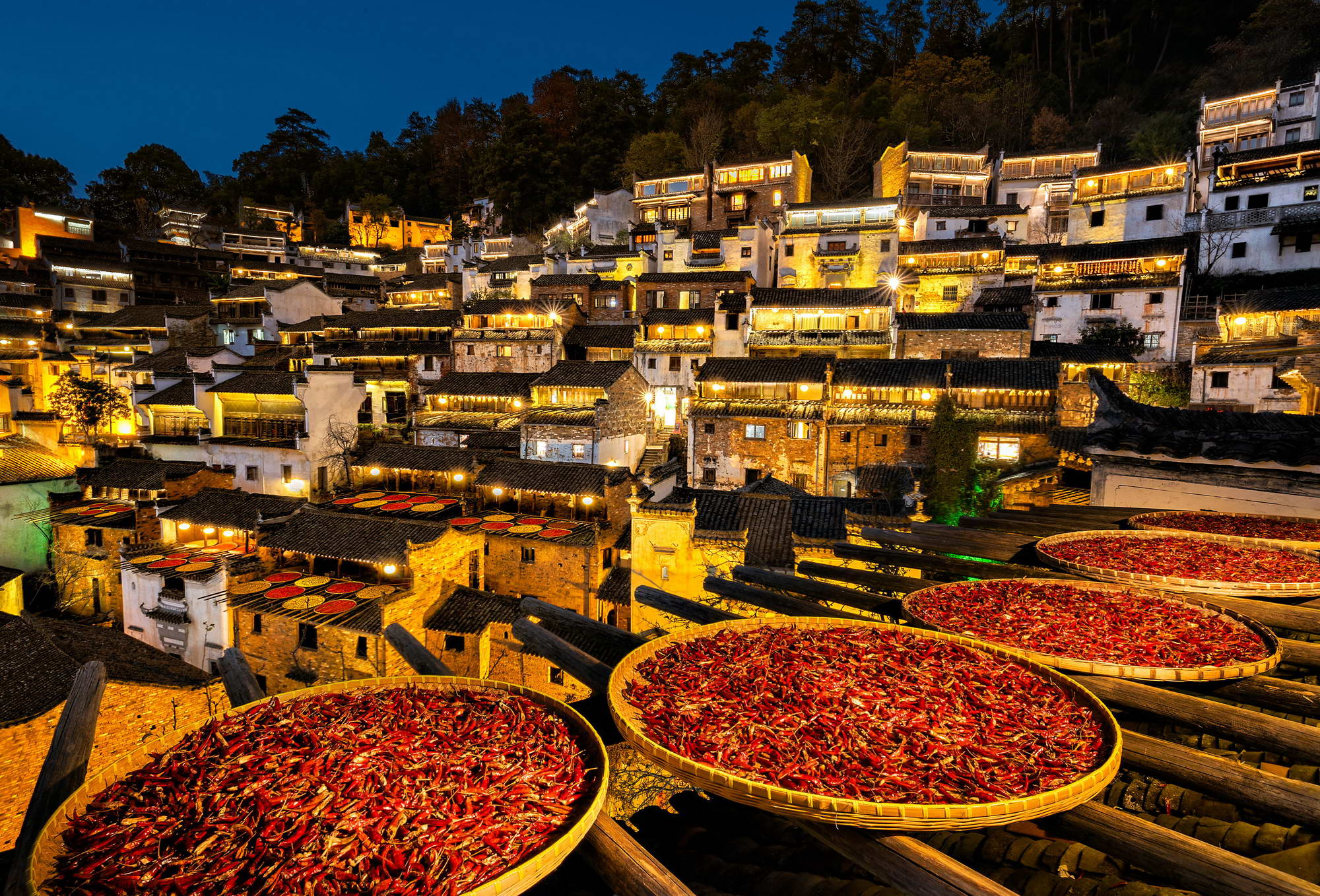
项目基于保护婺源的优秀古民居,结合乡村本土遗存的开发定位,独创了一整套古建异地搬迁改造方式,将县域内濒临腐烂倒塌的典型徽派古建,通过技术整体搬迁并集中整理和原样复建。
Based on the positioning of protecting good ancient dwellings in Wuyuan County and developing local rural remains, the project innovatively creates the relocation and conversion method for ancient architecture, and adopts technology to relocate, arrange and restore local typical Hui-style ancient buildings on the verge of decay and collapse.
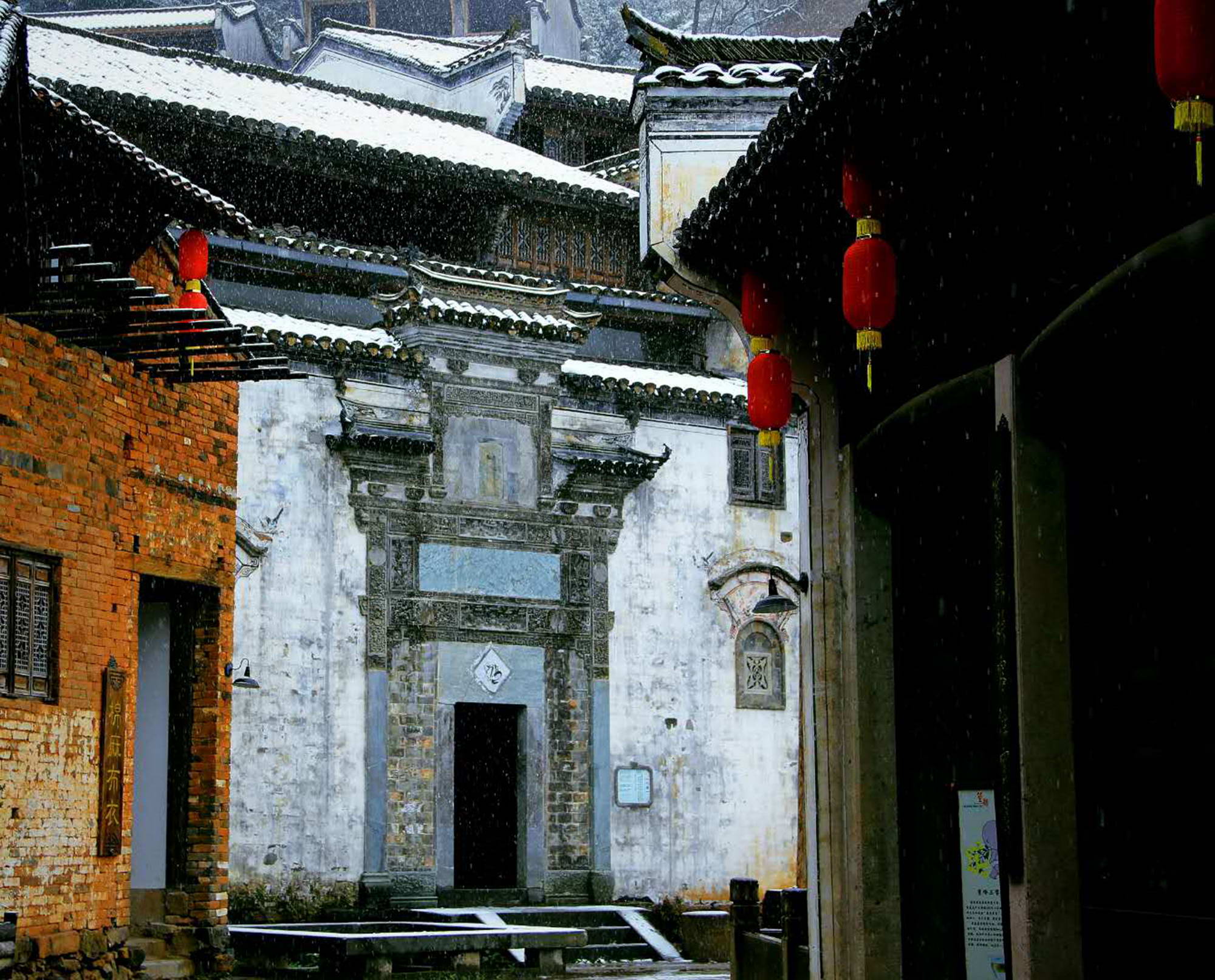
传统的民宅与公共建筑构成完整的徽州村落建筑体系,古建筑得到良好的修缮管理并创造现实价值,形成保护与利用的良性循环机制,差异化异地搬迁模式亦成为中国古建筑保护的样本。
Through tireless efforts, traditional residential and public buildings constitute an integrated Huizhou village architecture system, and meanwhile ancient constructions are well repaired and managed and create value, thereby forming a virtuous circle of protection and utilization. The differentiated relocation mode has become a model for the protection of ancient buildings in China.
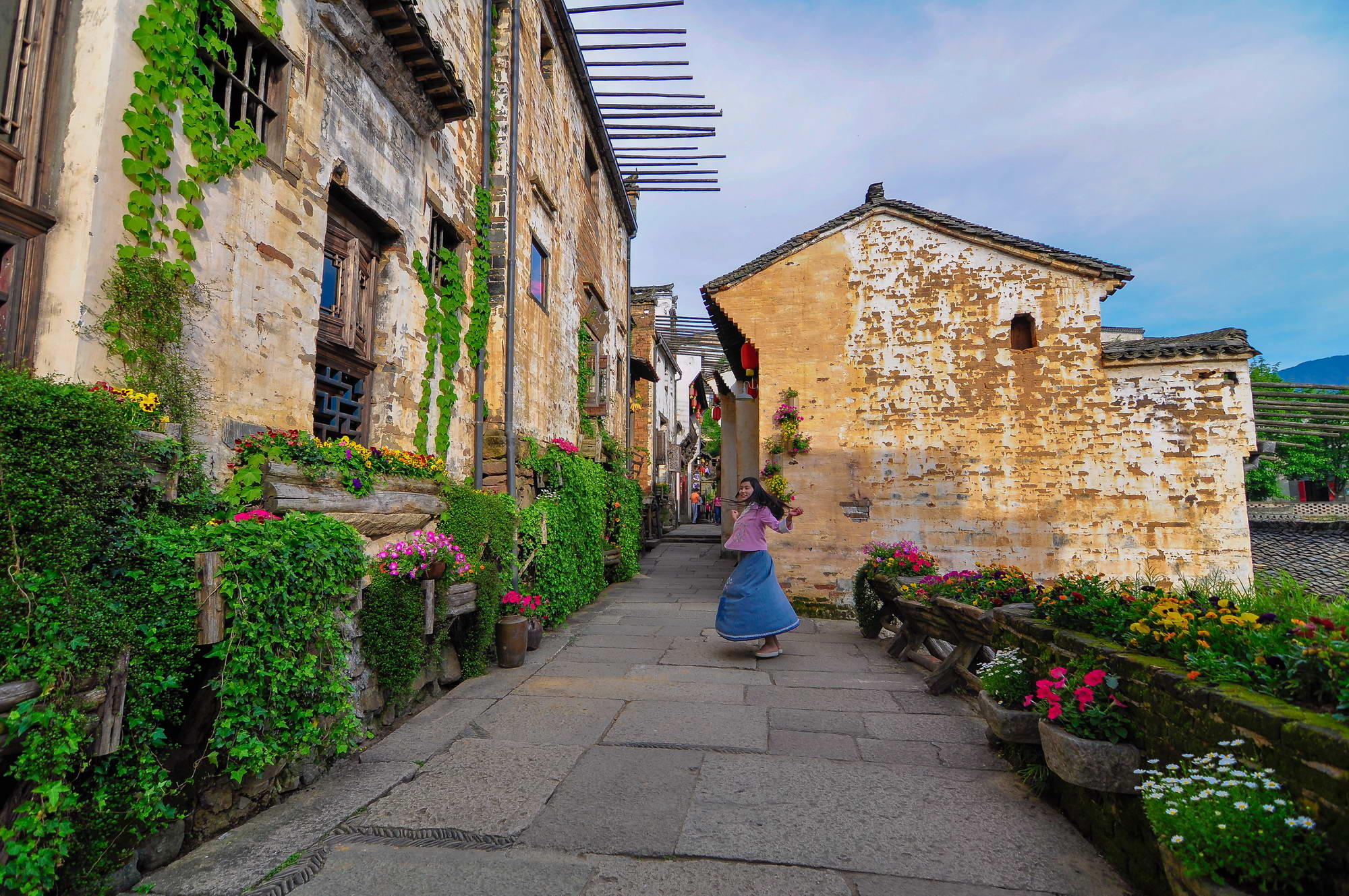
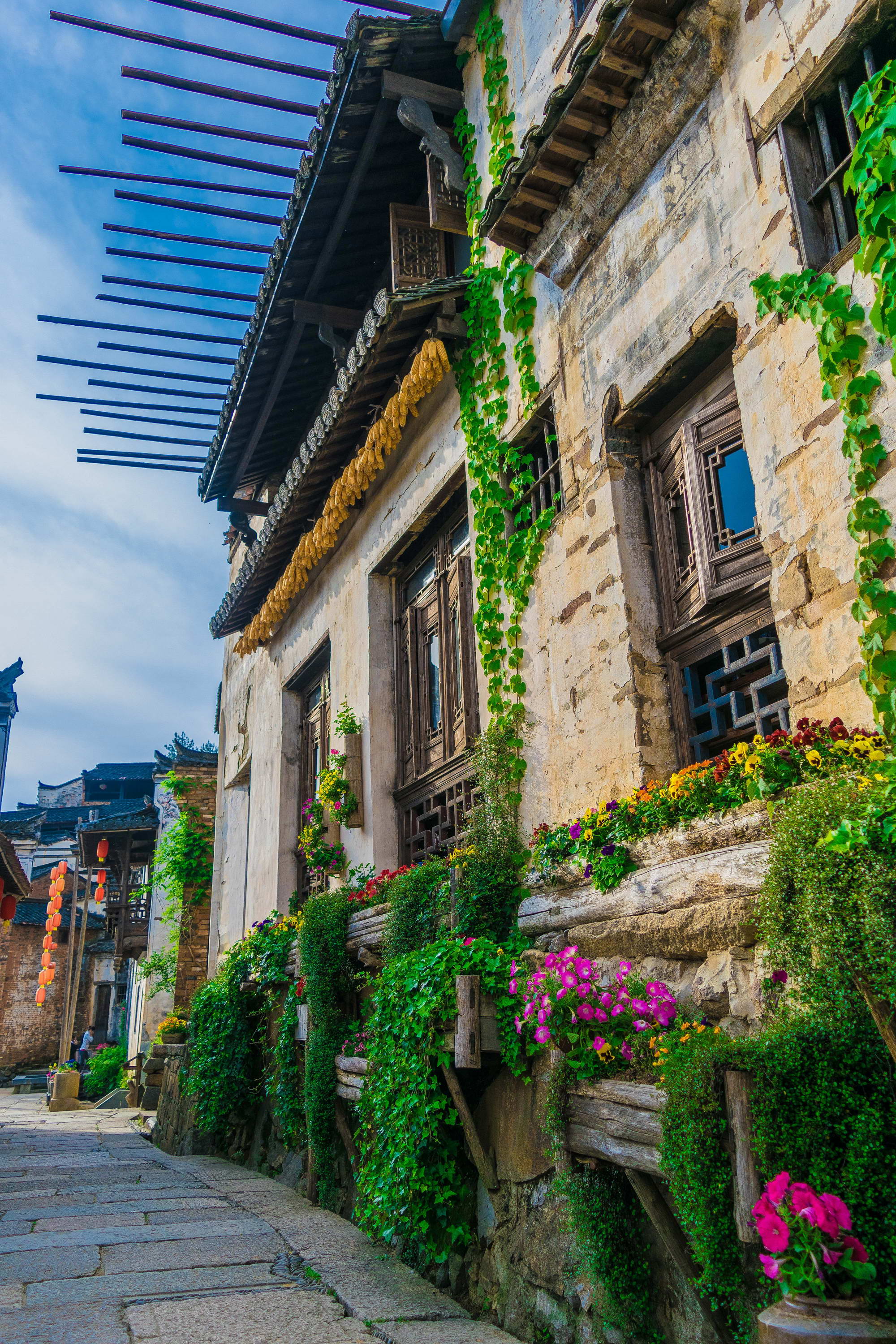
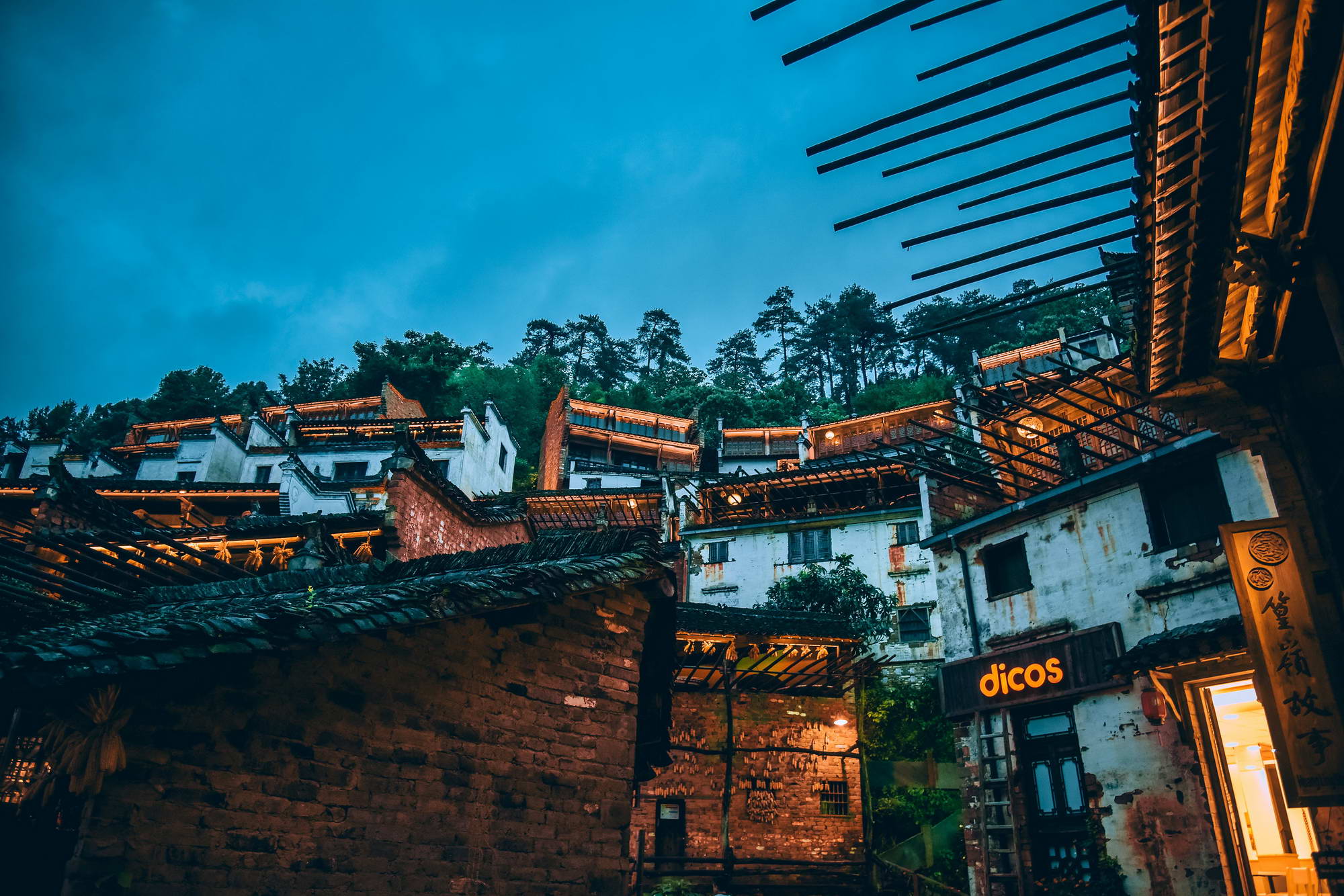
功能系统Functional system
篁岭枕山面水,属于典型U字型聚落古村,民居围绕水口呈扇形排布。引水项目选址在村口水口林之上,将水涧汇聚而成蓄水池,沿山埋设直径160毫米的引水管至村头总供水池,尽量避免开挖山体,保护原有的生态环境。
Embraced by mountains and water, Huangling is a typical U-shaped ancient village, with dwellings arranged around the mouth of water in fan shape. The water diversion program is situated on the forest at the entrance of village and the mouth of water. Water flows gather into a reservoir. Water diversion pipe with a diameter of 160mm buried in the mountain leads to the general water supply pool at the head of the village, which avoids excavating mountain and protects the original ecological environment.
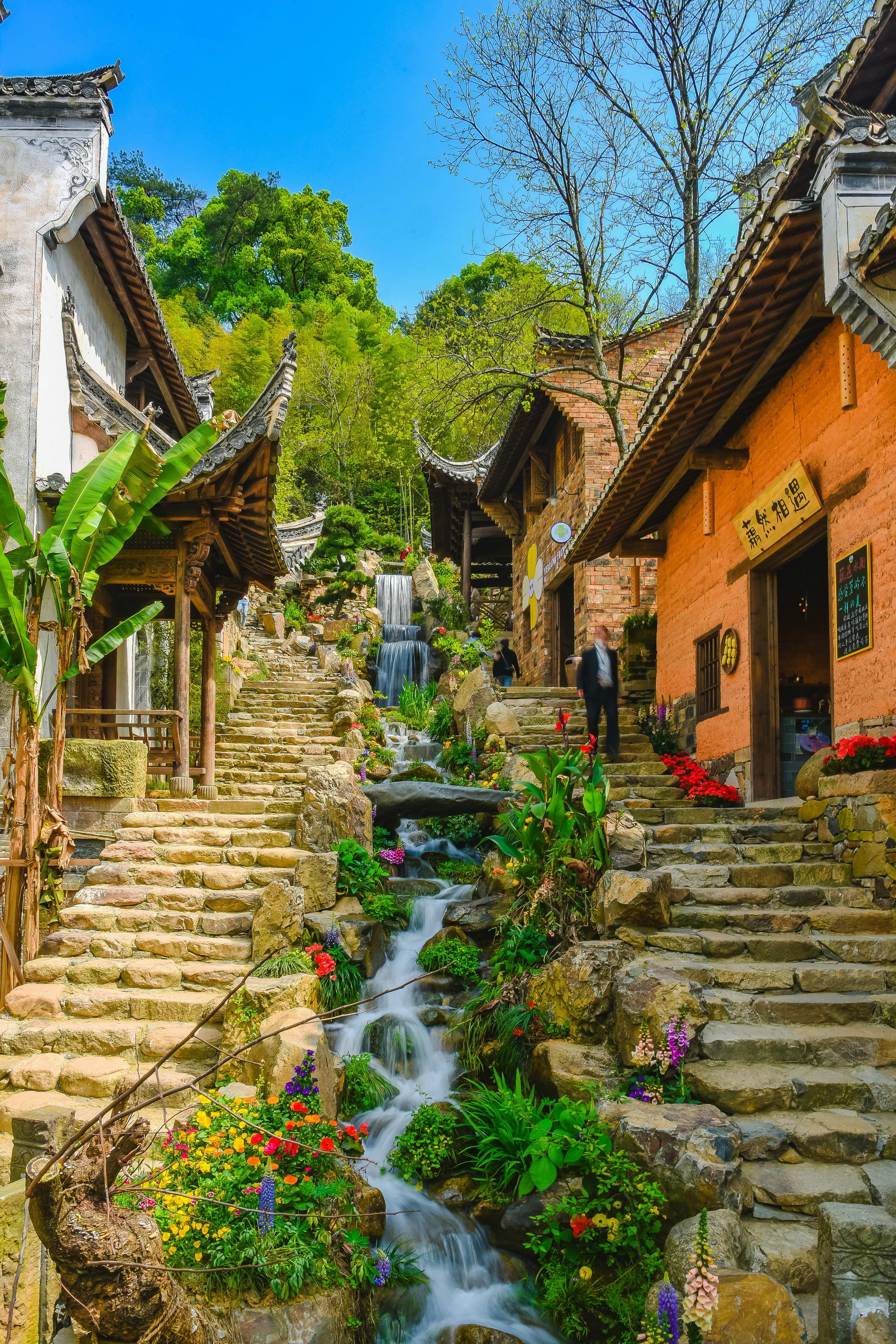
利用原山型高差预留叠水与瀑布的位置,在毛石混凝土基础上浇筑15cm厚钢筋混凝土层,面上覆防水布,确保工程完工后不会渗漏。房屋也依地形高差错落排布,人工开挖孔桩水泥浇筑基础,预埋各种管线,留好排水排污口。
The position of stacked-stone water and waterfall is reserved according to the height difference and terrain. 15mm-thick reinforced concrete layer is poured on the rubble concrete foundation, with waterproof cloth covering the surface, with a view to ensuring no leakage after completion. Houses are organized in a staggered way also based on the height difference and topography. Hole and pile are manually dug, the foundation is made of cement, various pipelines are embedded, and drainage and sewage outlets are reserved in advance.
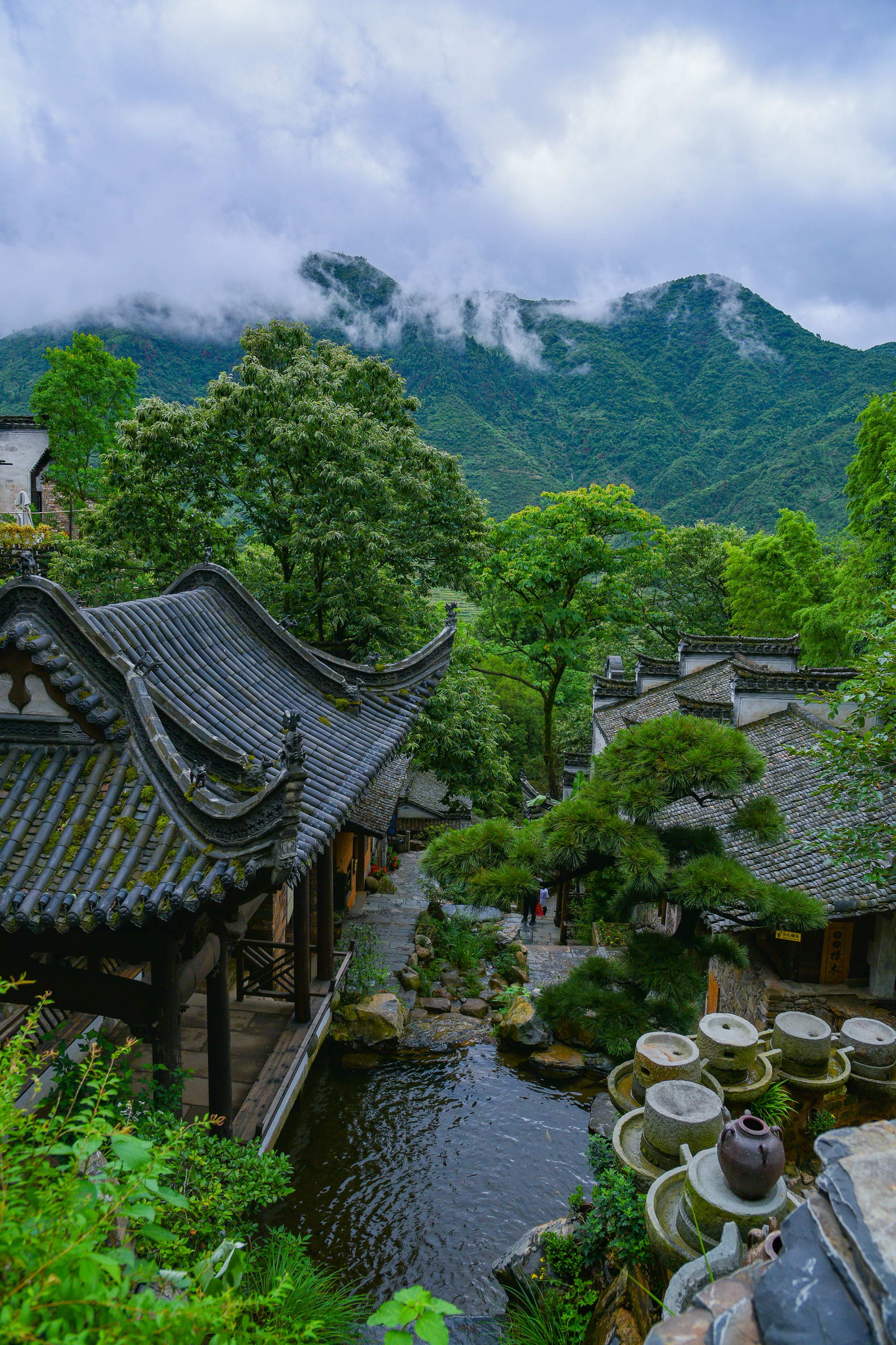
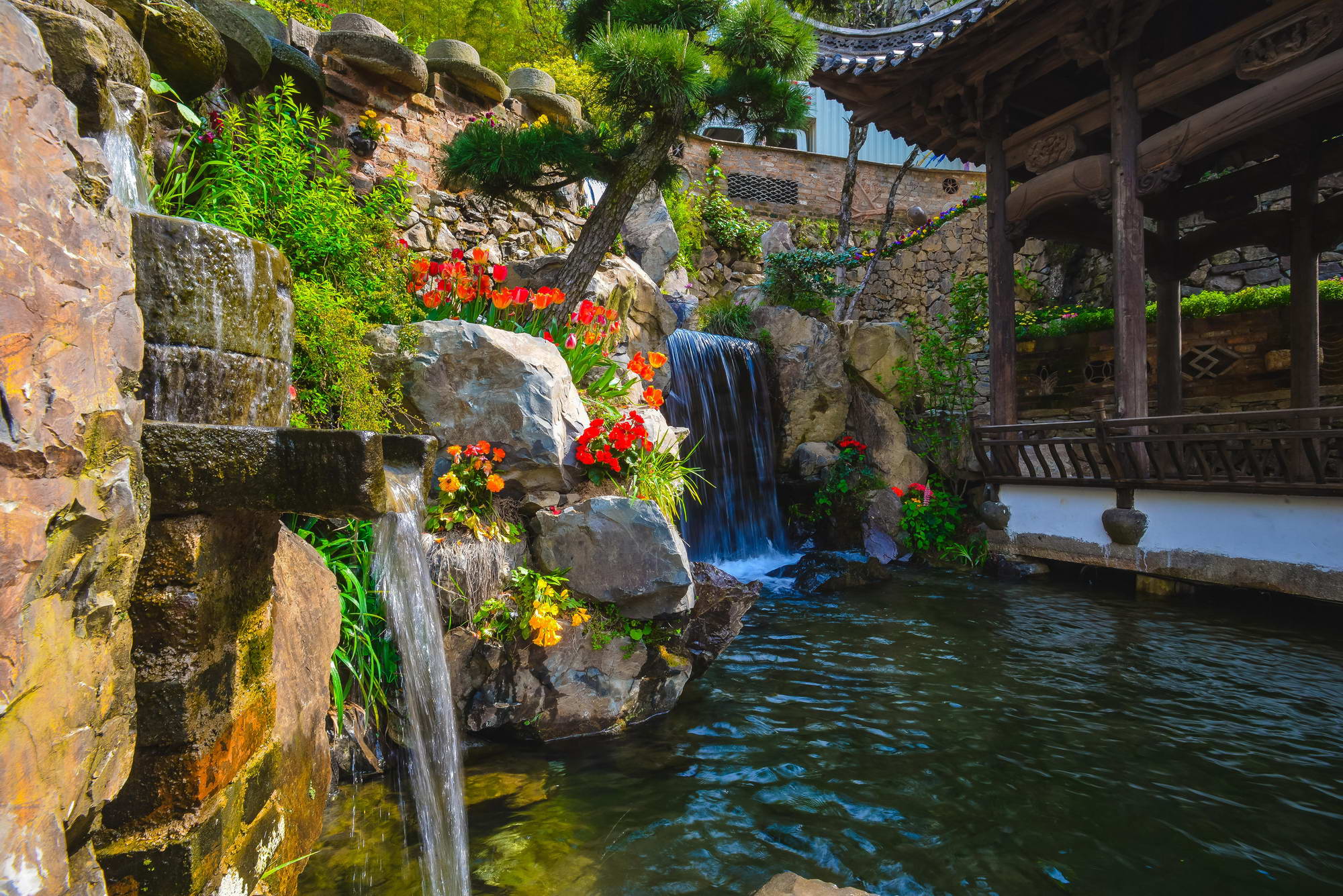
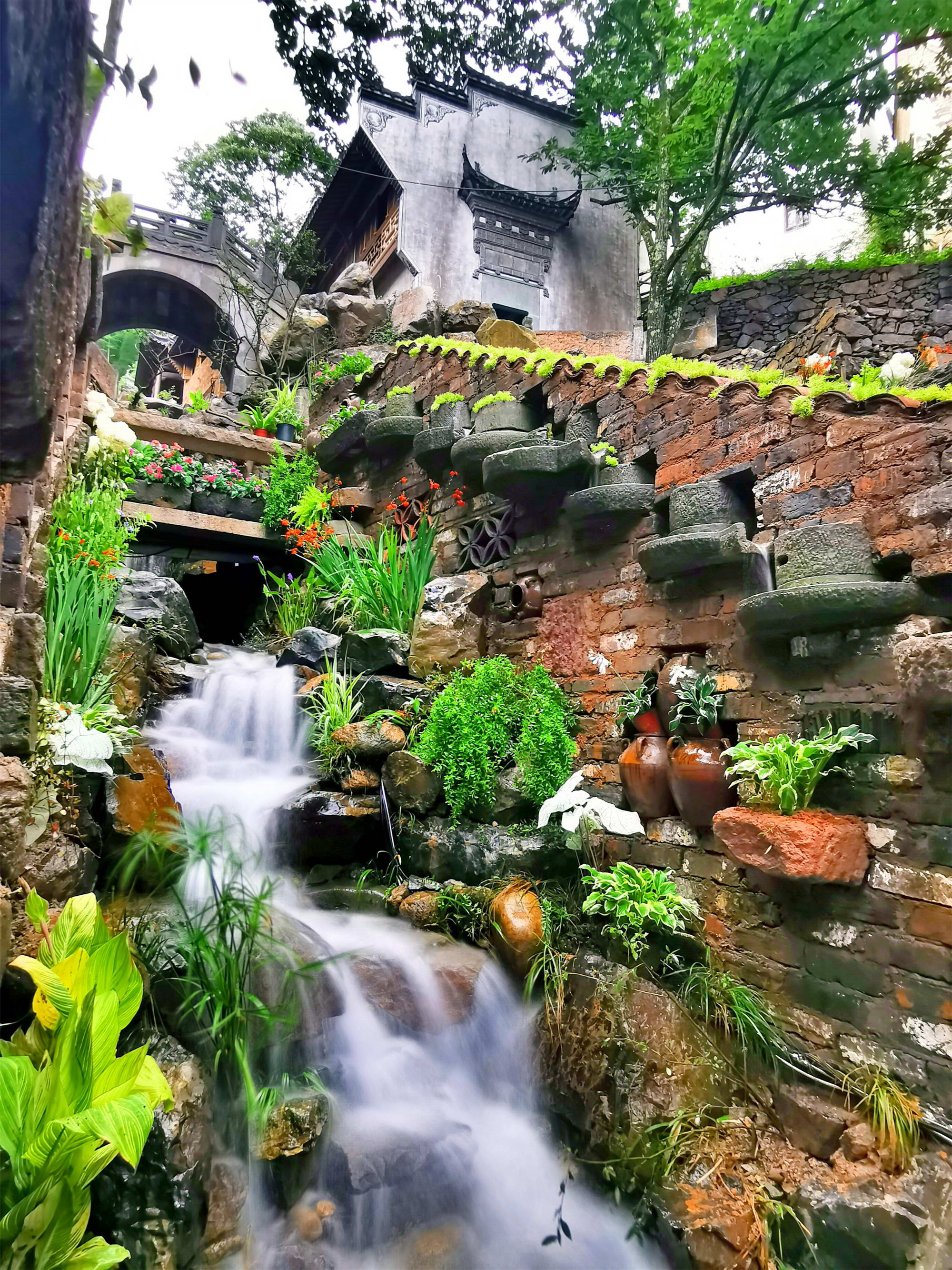
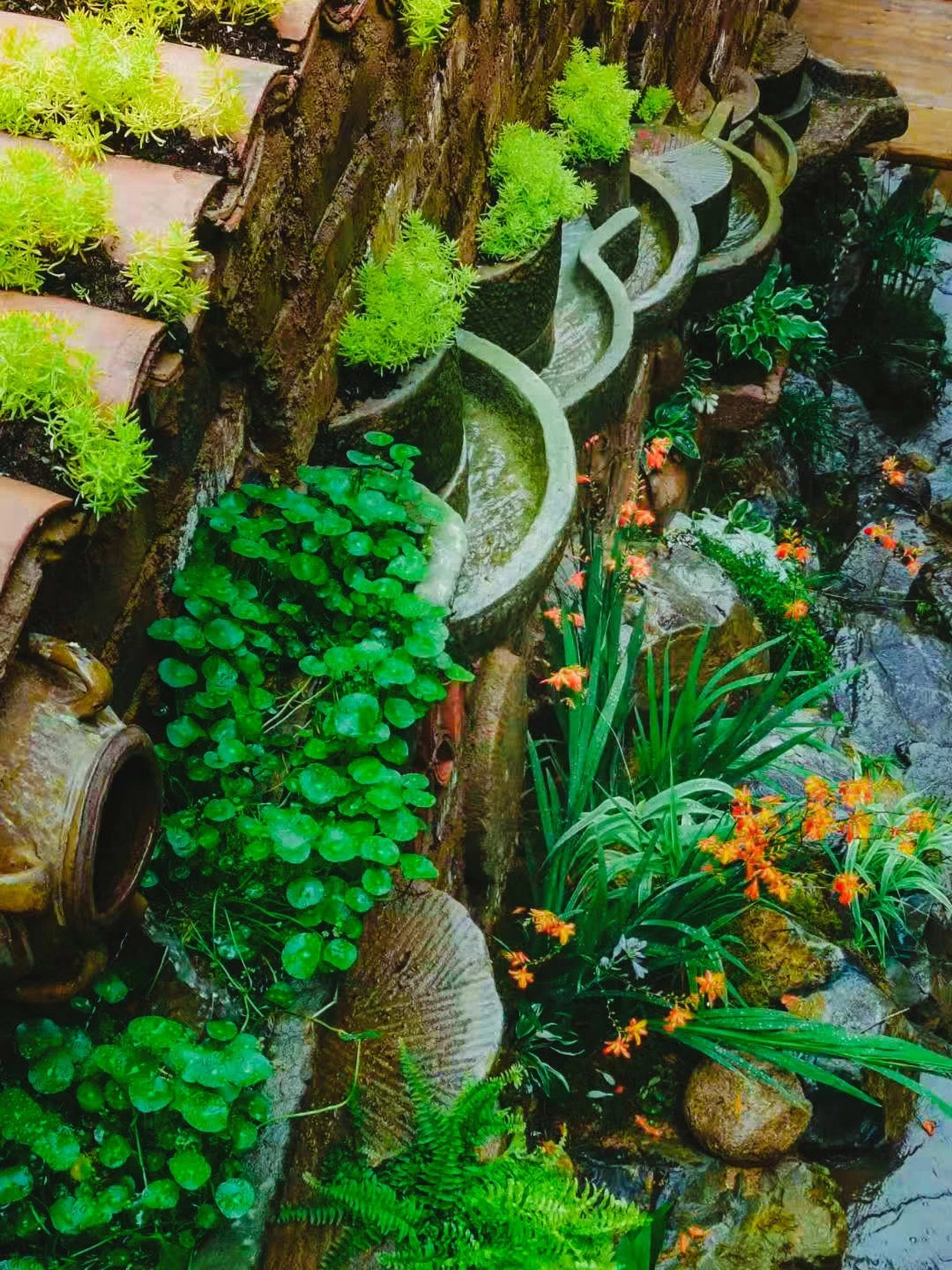
可持续性Sustainability
设计与建造过程遵循可持续原则,最大限度达成环境友好度与资源循环体系,尽量减少对原貌的破坏,让修整的痕迹降到最低:诸如利用地形天然形成的高差并根据原有山沟的走向,将山泉水导入村庄,形成完整的水系;
The design and construction process follows the sustainable principle, maximizes the environmental friendliness and resource circulation, and minimizes the damage to the original village appearance as well as the traces of repair. For example, the spring water on the mountain is introduced into the village by making use of the natural height difference caused by terrain and the direction of the original gully, thus producing a complete water system.


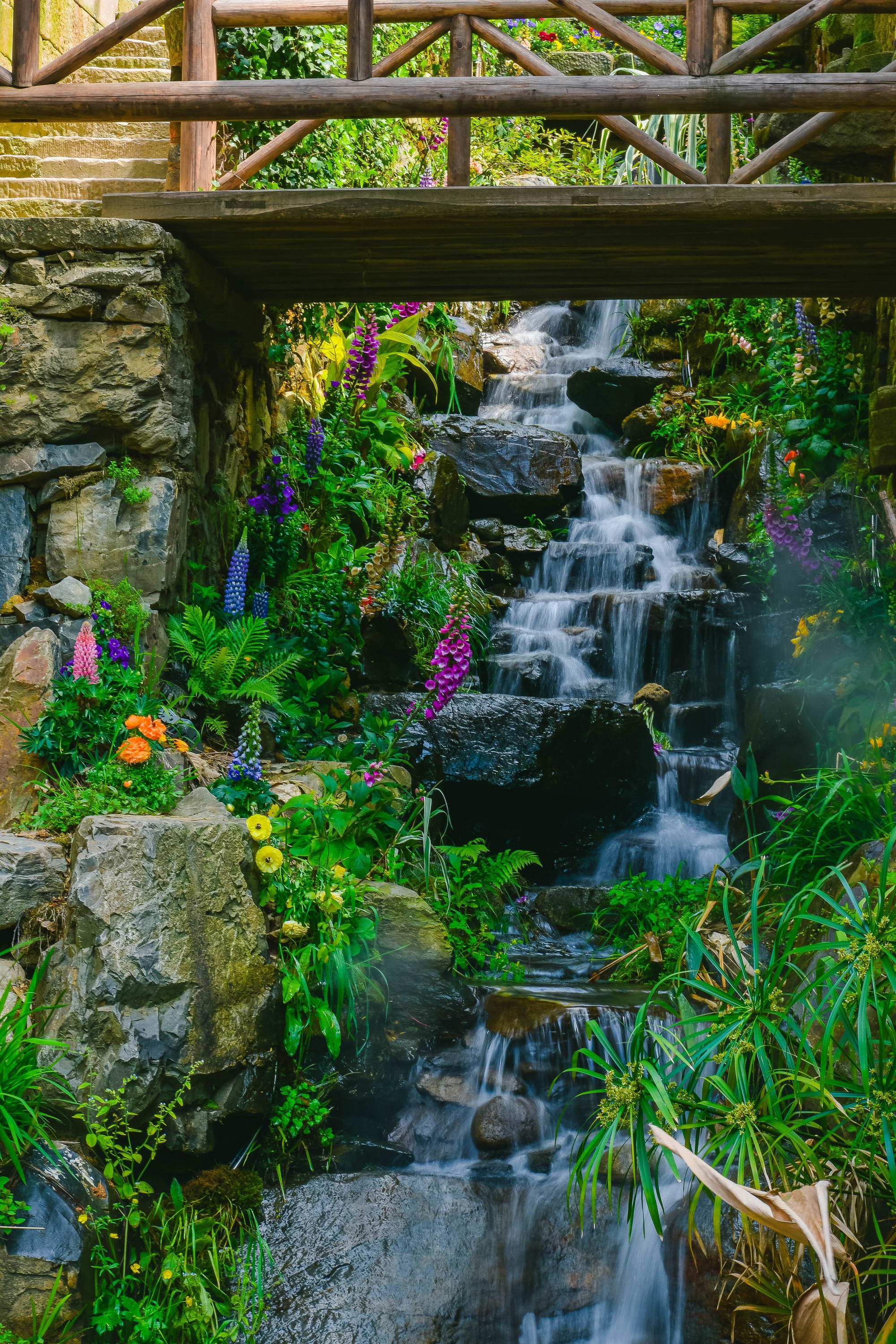
利用场地上原有的材料红土、毛石等,结合传统的建筑工艺,新建多样化原生态的建筑风貌;用老旧的石板铺地面,镶贴卵石,古朴灵动与整个村落氛围相协调。不同的建筑、景观及空间要素调和为疏密有致而互补增益的环境舒适度。
The project employs the original materials on the site such as red soil and rubble and traditional construction techniques to create a new, diversified and ecological architectural appearance. The ground is paved by old-style stone slabs and inlaid with pebbles, which is quaint and dynamic and harmonizes with the village atmosphere. Architectural, landscape and spatial elements are integrated and create a rhythmic, complementary and comfortable environment.
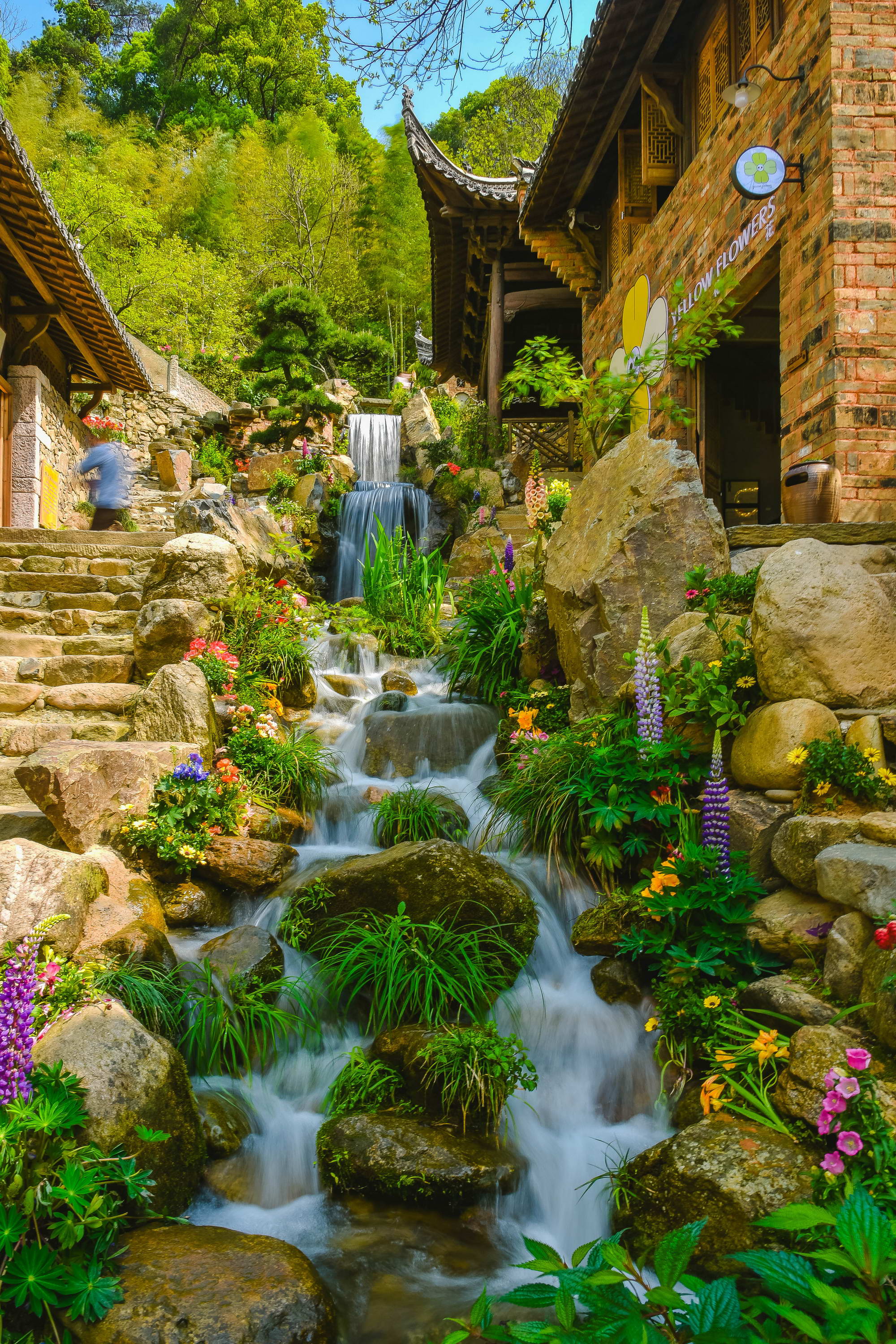
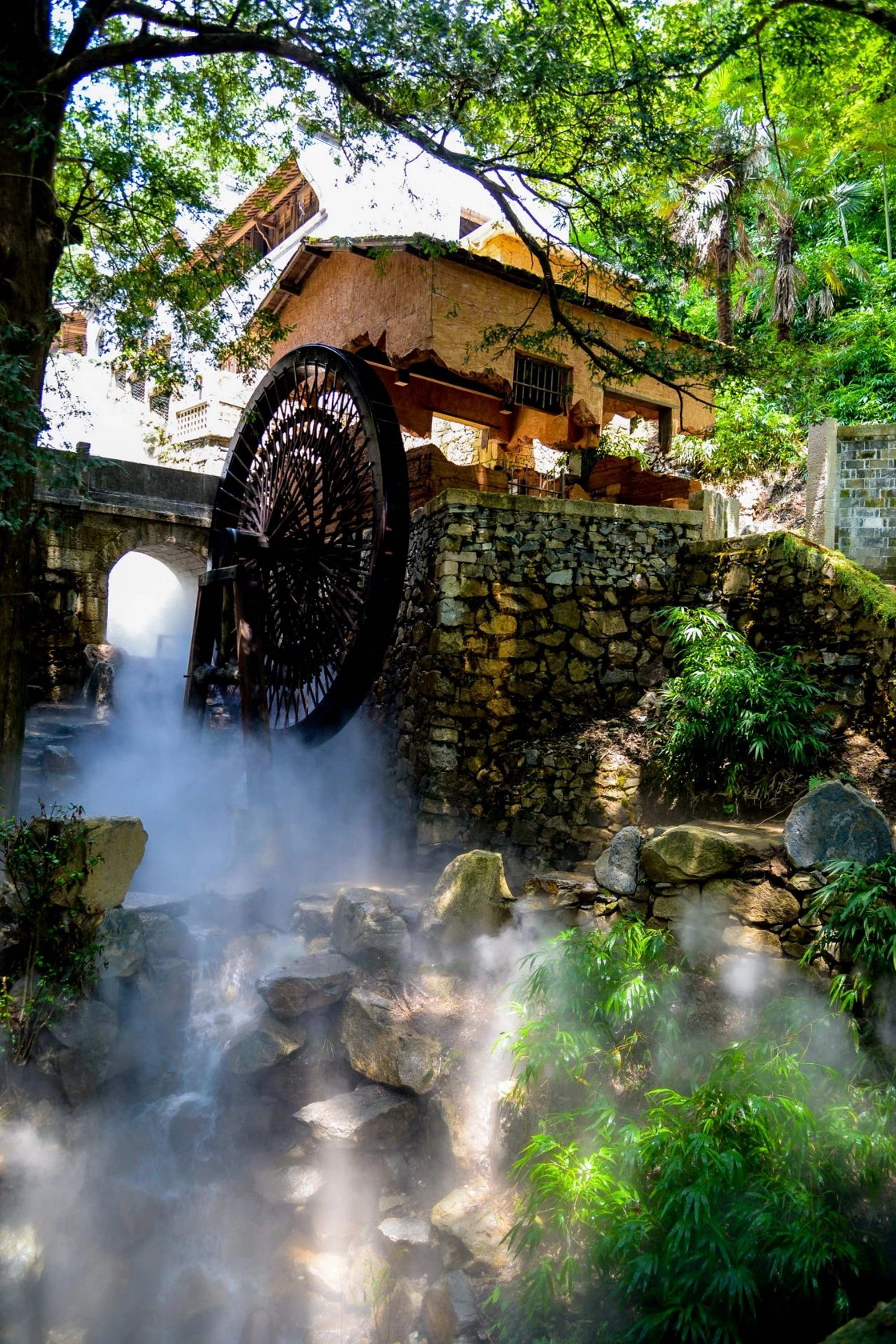
生活方式Lifestyle
乡村改建旨在探讨并完善人和时间、空间的关系,氤氲在岭谷交错、溪水回环间的篁岭村落,最具特色的民俗景观就是“晒秋”。祖辈起,篁岭村民用平和心态与“地无三尺平”的崎岖地形“交流”,将一年劳作成果用竹筛匾晾晒,既不占地方又便于收藏。
The rural reconstruction project aims to explore and improve the relationship between people and time and space. Huangling, a village which is intersected with spectacular mountain and valley and has tortuous creeks, enjoys the most characteristic folk landscape “Shaiqiu”. Since ancient times, local villagers have peacefully “communicated” with the rugged terrain, and exposed their harvested crops on bamboo sieves to the sun in autumn, which is space-efficient and also convenient for collection.

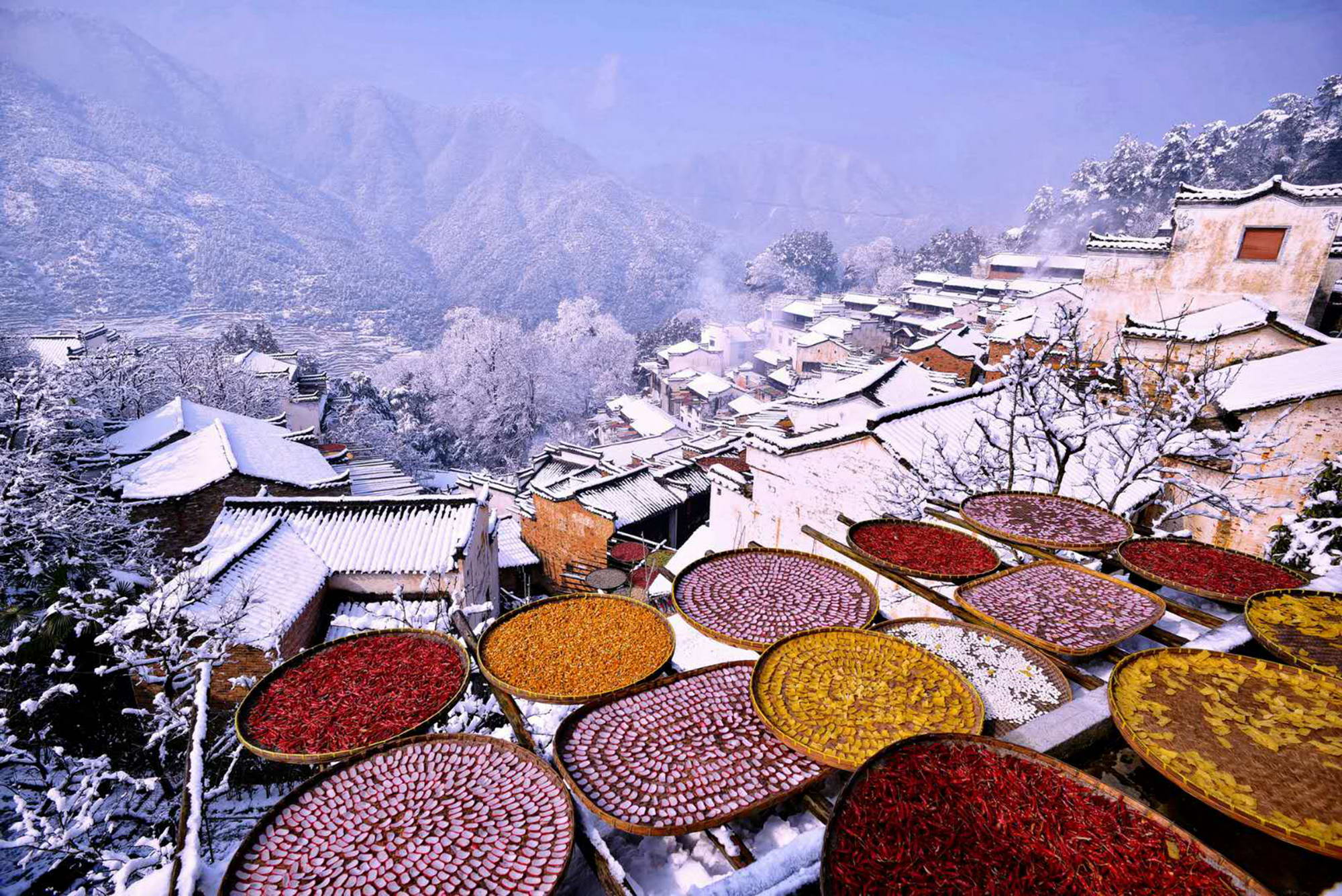
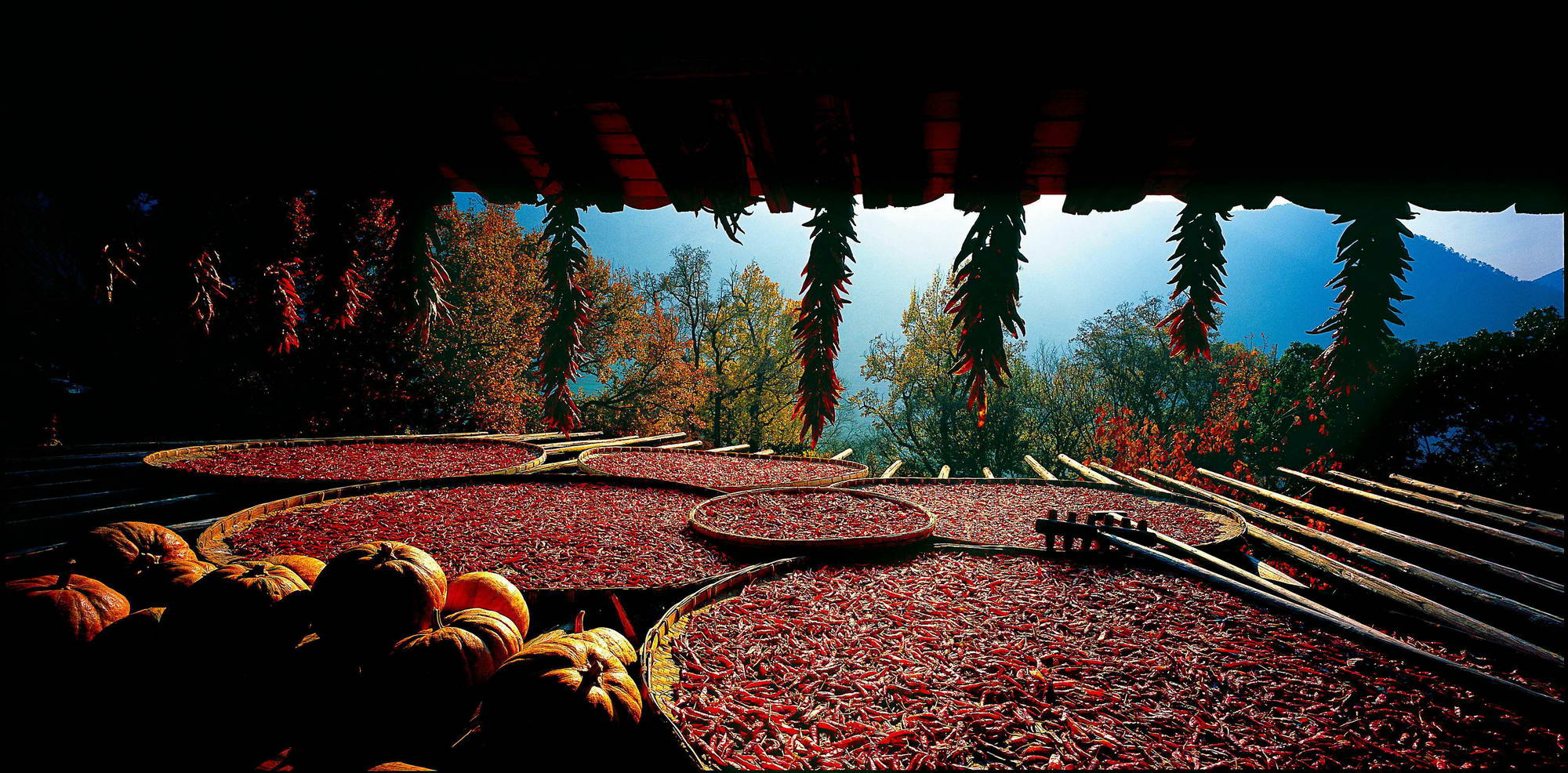
围绕这个主题尽量将此人文符号放大,用美术的眼光与技法进行艺术化打造,在保留和维护传统空间肌理与建筑风貌的前提下,对古村进行内涵挖掘和文化灌注。
Centering on this theme, the project amplifies this cultural symbol by adopting artistic vision and techniques. Besides, on the premise of preserving and maintaining the traditional spatial fabrics and architectural style, it digs into the connotation of this ancient village and infuses culture into it.

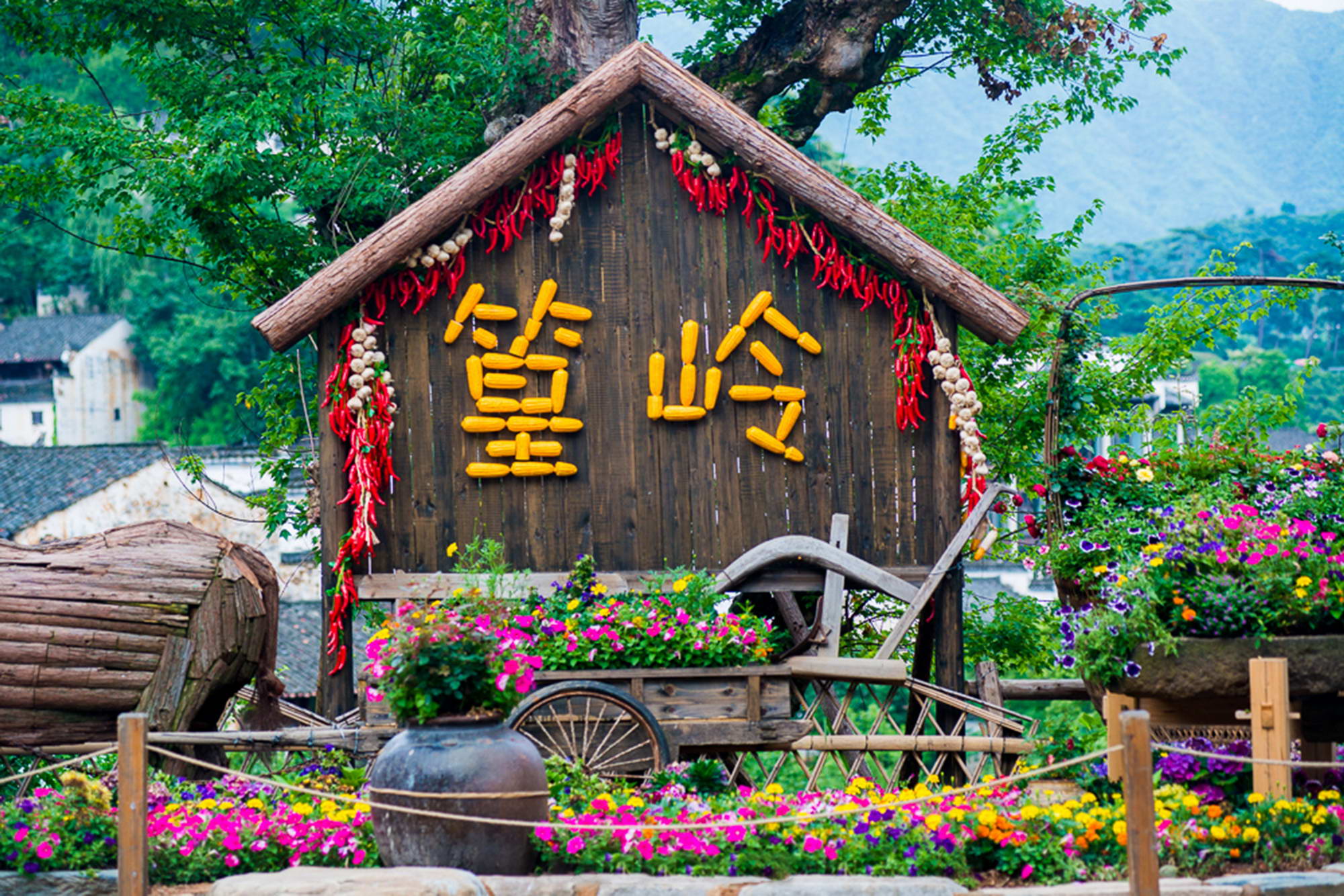
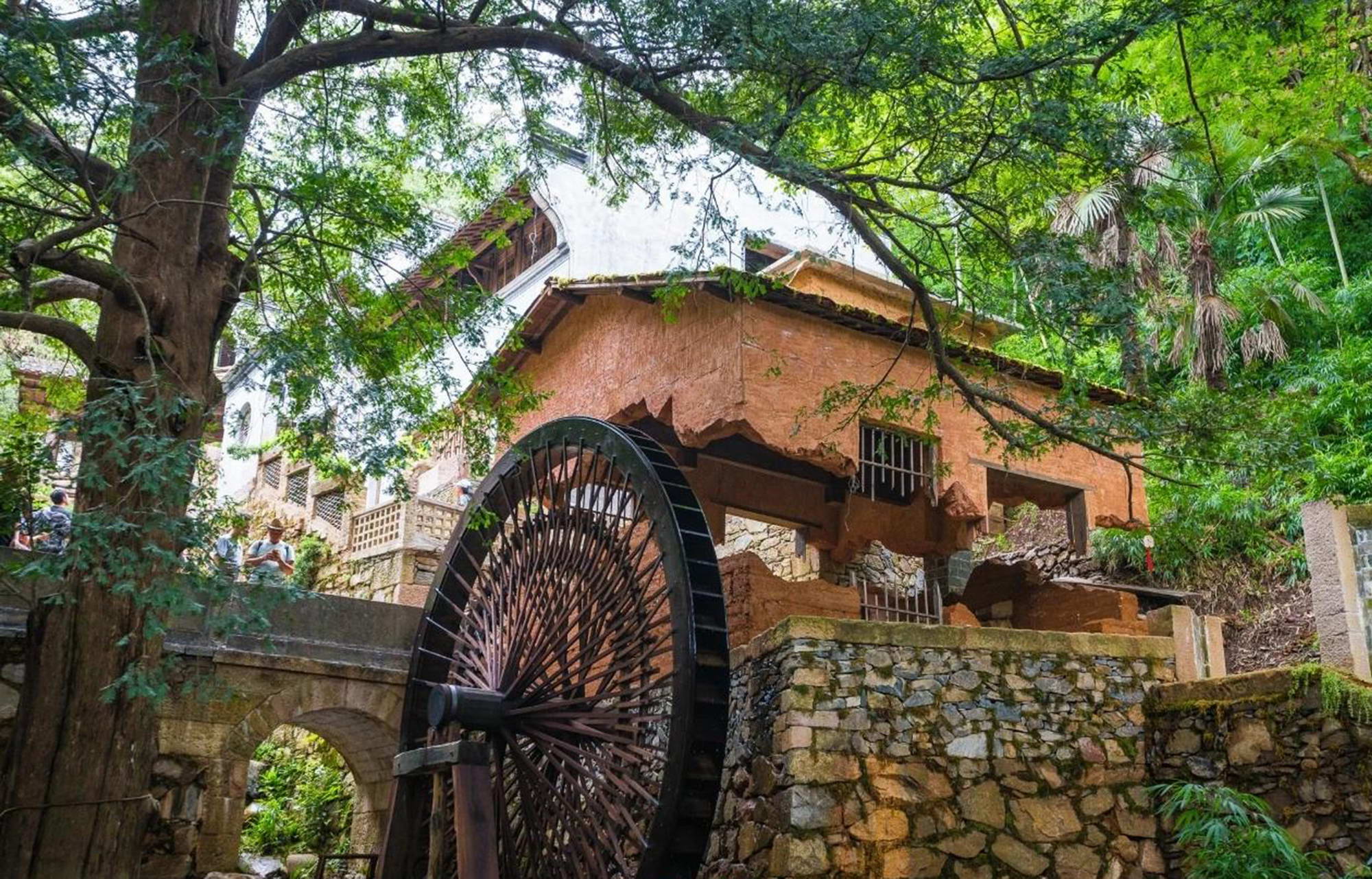
时光刻印的徽式民居土砖外墙与不断更新的所晒之物,浓缩成为人与自然和谐相处的生活日常,活化的一系列农俗与市井文化还原出独特表情的精神栖息地。
The earthen brick exterior walls of Hui-style residences featuring the trace of time and the constantly updated objects dried by exposure to the sun reflect the local daily life in which human live in harmony with nature, and create a spiritual habitat with unique expressions, where agricultural customs are activated and street and alley culture is restored.
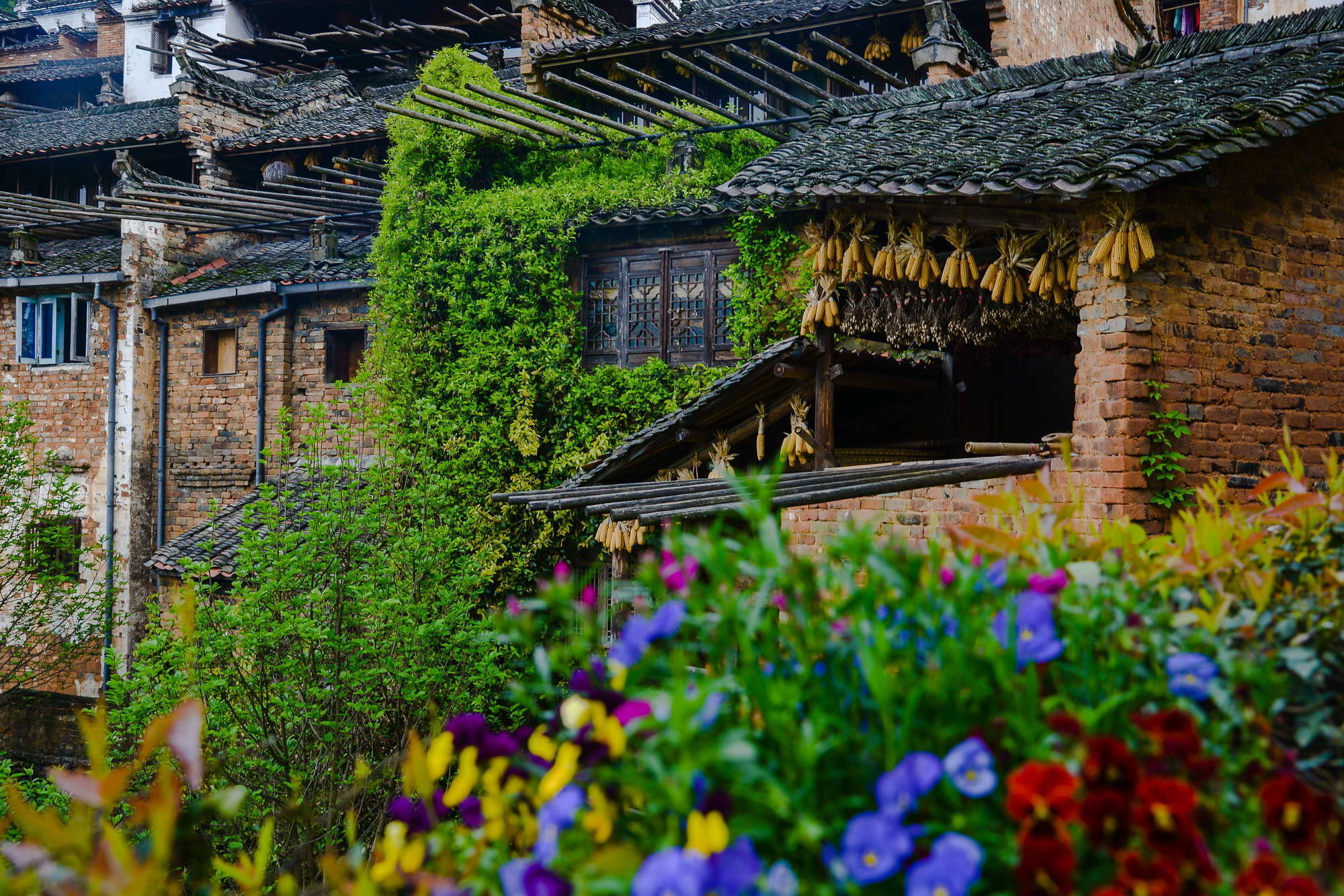
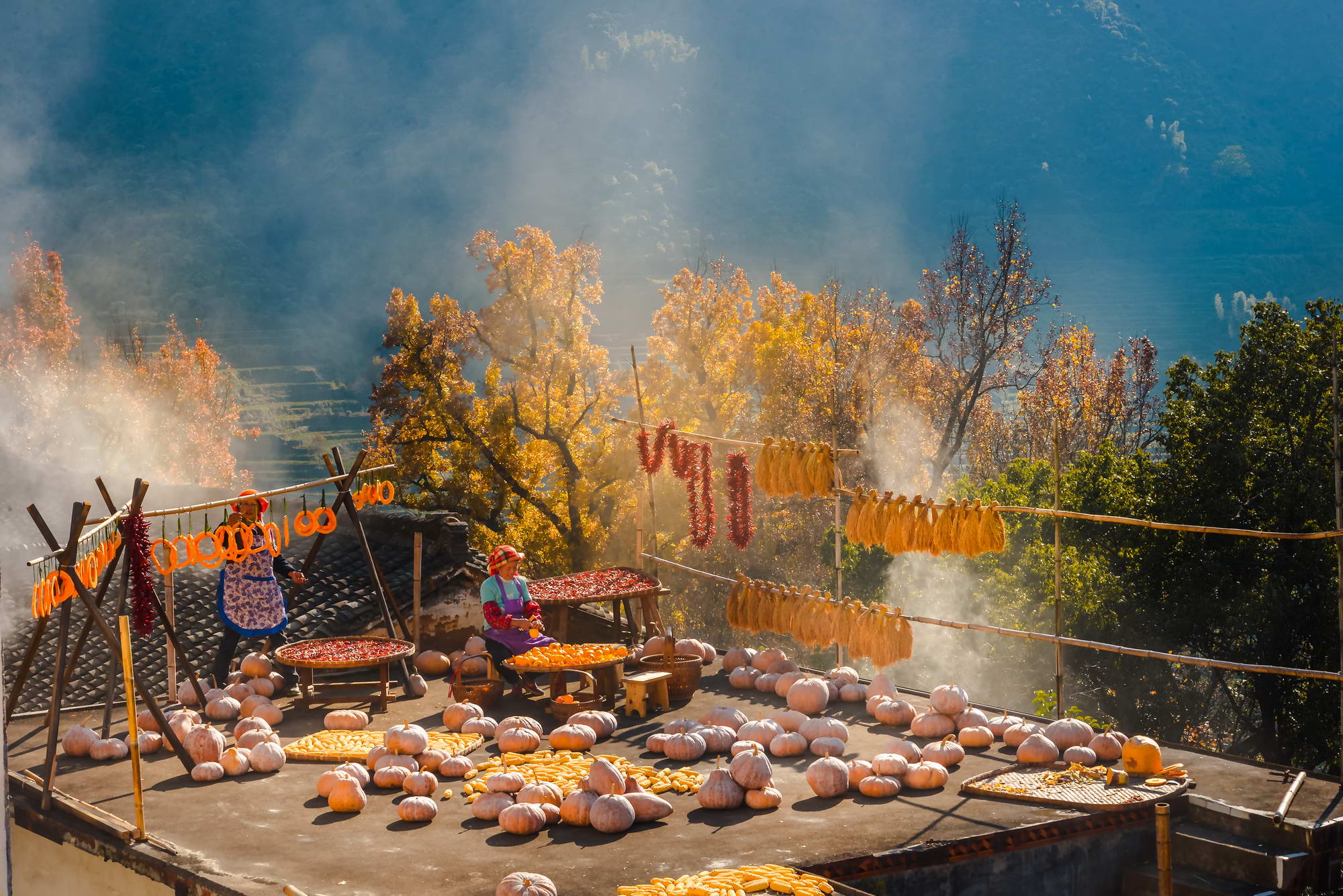
古民居的混合式构架与错落有致的梯田和山水胜景,融合为色彩与形状对比强烈的大地艺术景观。周边万亩梯田以前是荒废的田地,重新种上了适应江南本土环境的油菜花和水稻,经由层层叠叠的生态景观再造而宛若“打翻的颜料桶”。村落原有菜地果园也恢复种植果蔬,村内与周边种植各色树种,使村落四季变换不同花海风情。
The mixed frame of ancient dwellings, the staggered terraced fields and the picturesque natural sceneries are integrated into ground art landscapes whose colors strongly contrast with shapes. The large-scale terraced fields around used to be abandoned, but now they are planted with rapeseed flowers and rice that are adapted to the local Jiangnan-featured environment. With layered ecological landscapes, the terraced fields appear like an “overturned paint bucket”. The original vegetable fields and orchards in the village also resume being planted with fruits and vegetables. A variety of colorful trees are grown in and around the village, forming the beautiful flower sea that varies with seasons.
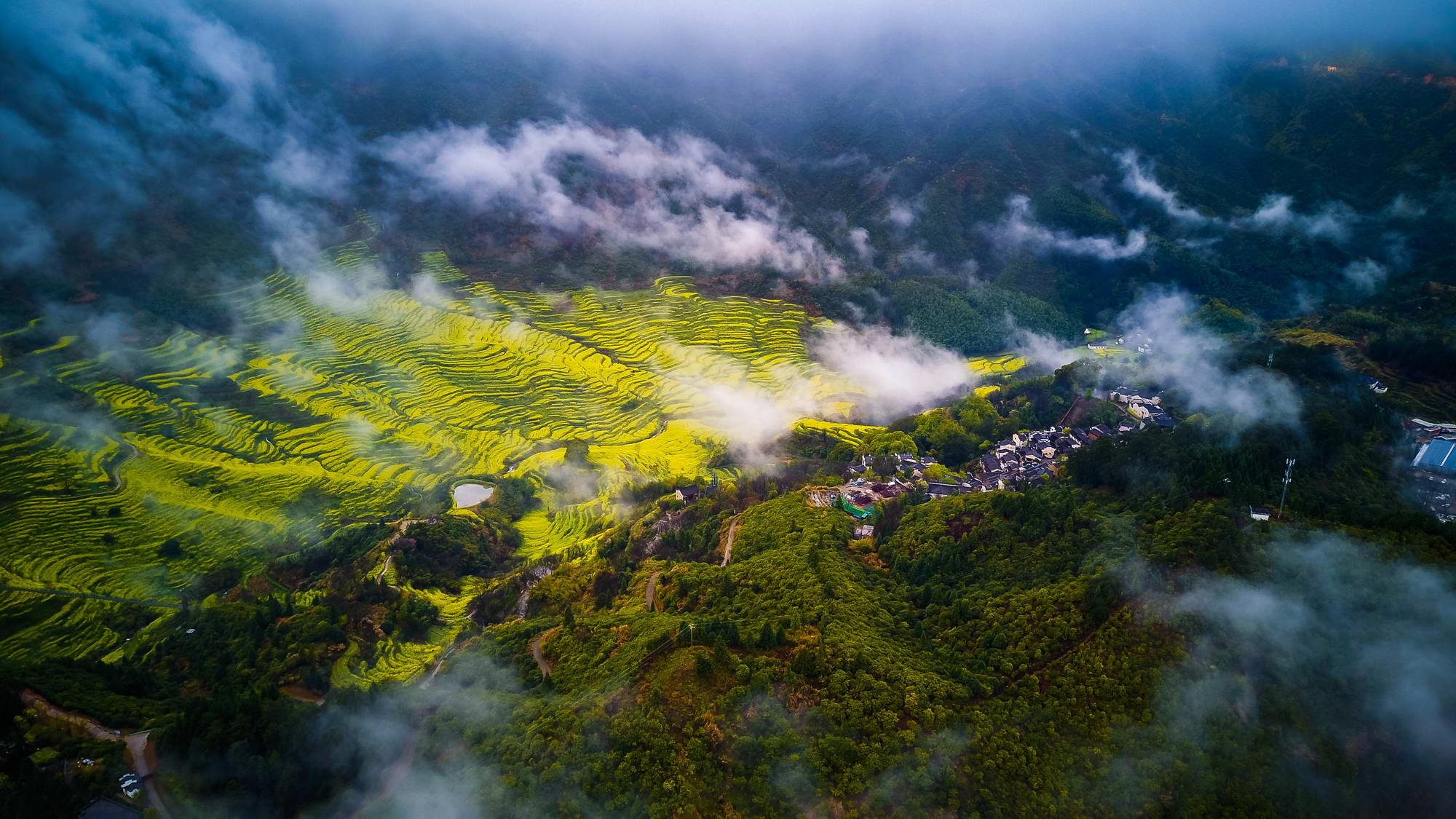
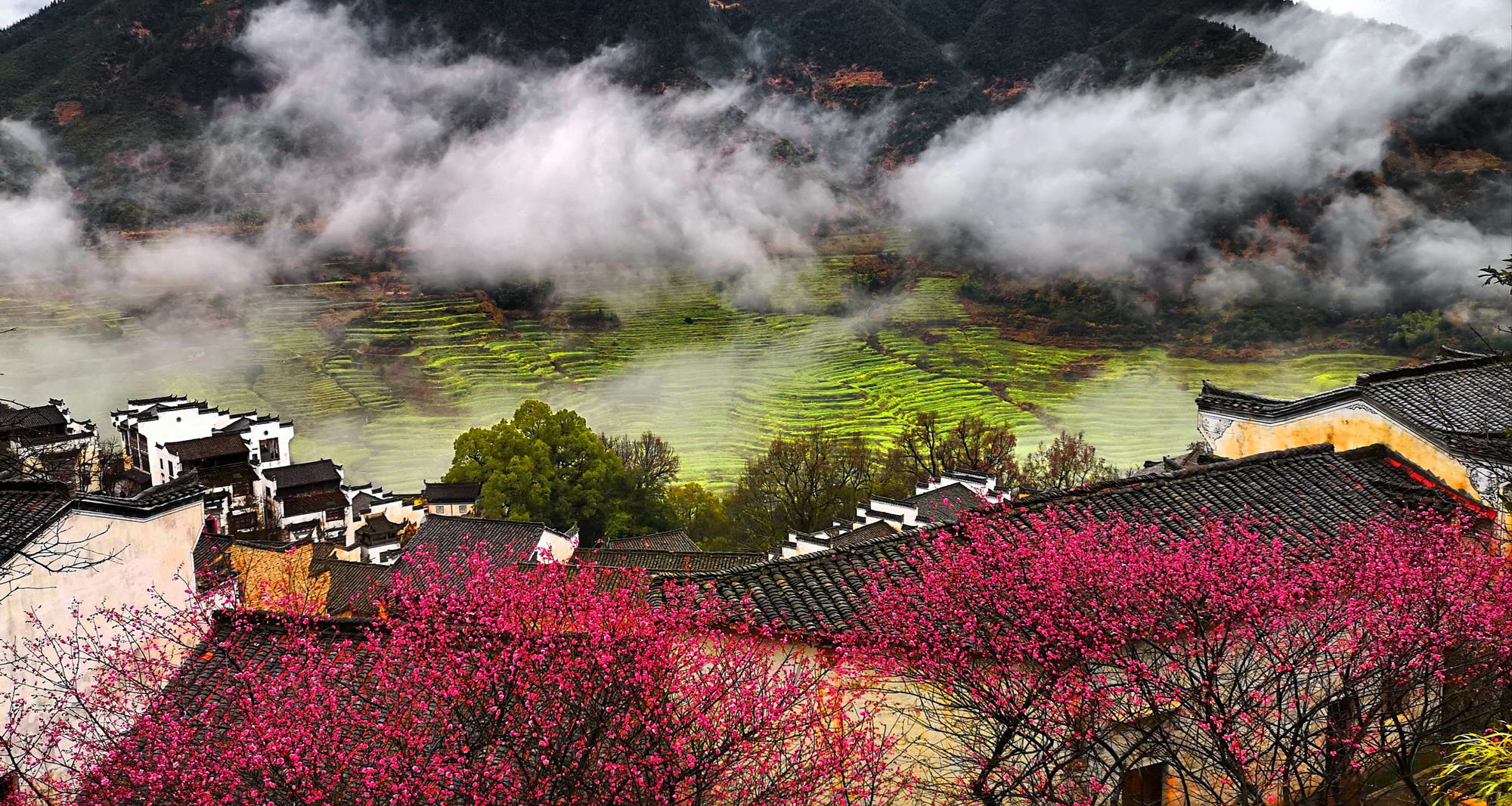
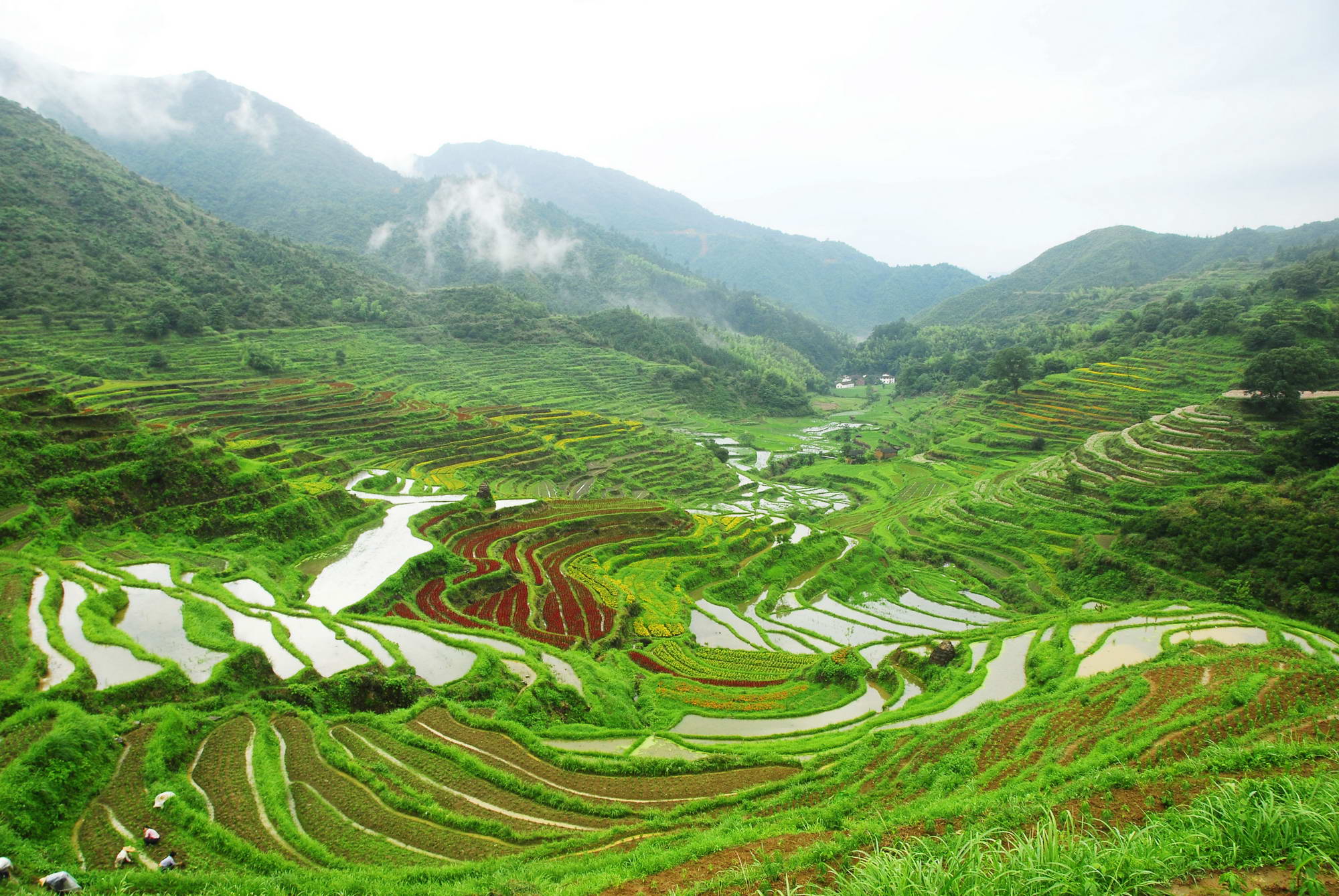
项目信息
项目名称:篁岭
设计单位:婺源县村庄文化传媒有限公司
联系邮箱:739079543@qq.com
项目设计 & 完成年份 2009至今
主创及设计团队:汪万斌、吴向阳、洪平、潘焰鑫、汪建泓
项目地址:婺源县篁岭景区
建筑面积:26272.54m²
摄影版权:婺源篁岭文旅股份有限公司
客户:婺源篁岭文旅股份有限公司